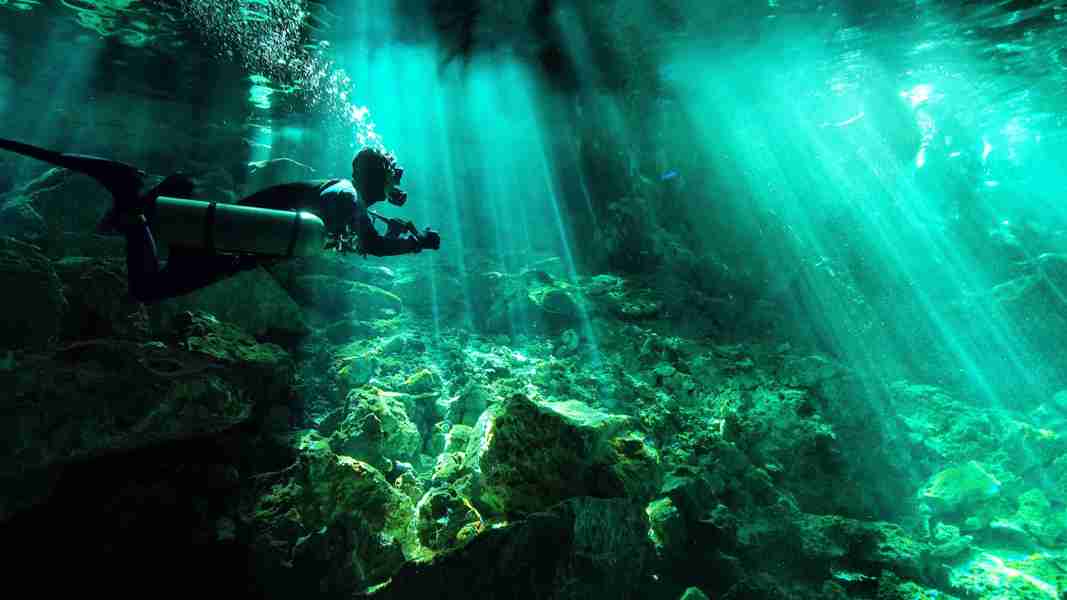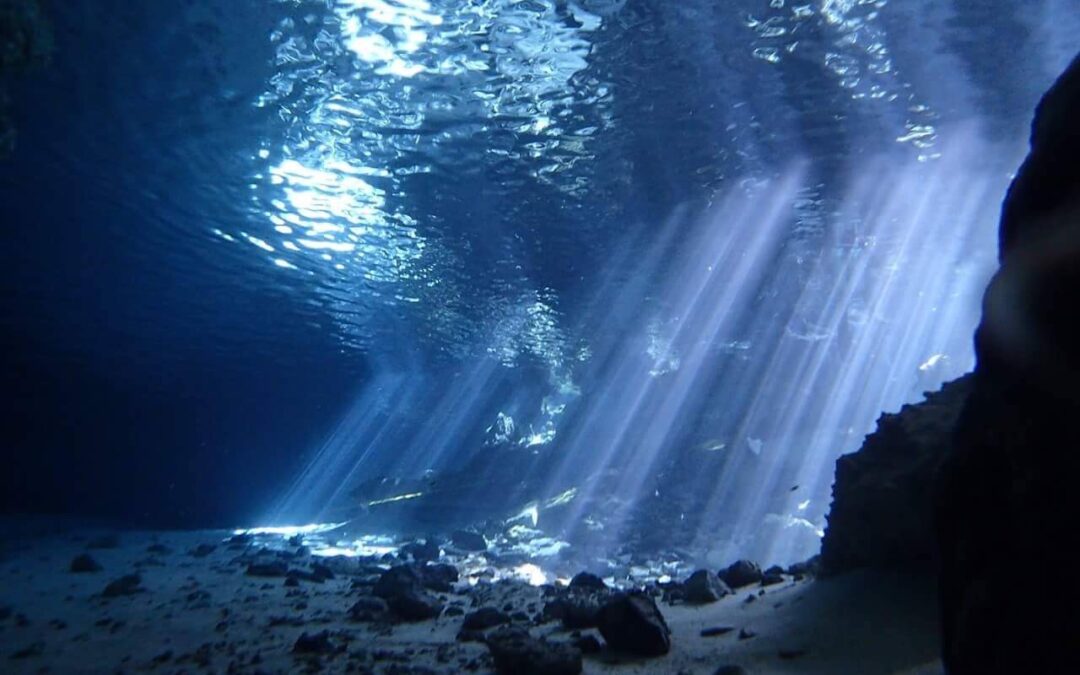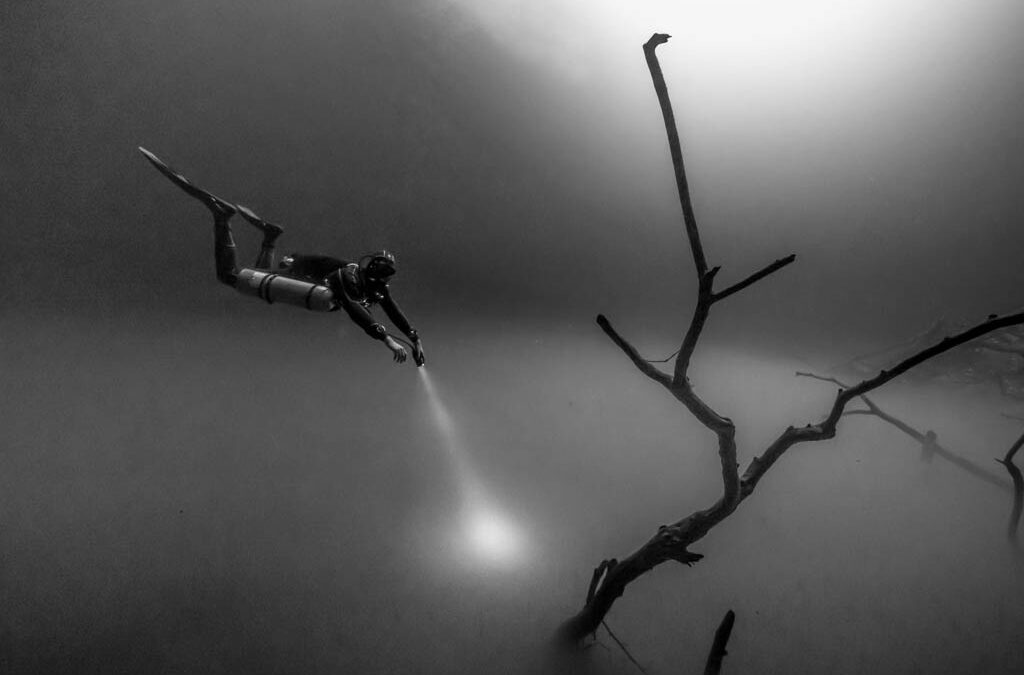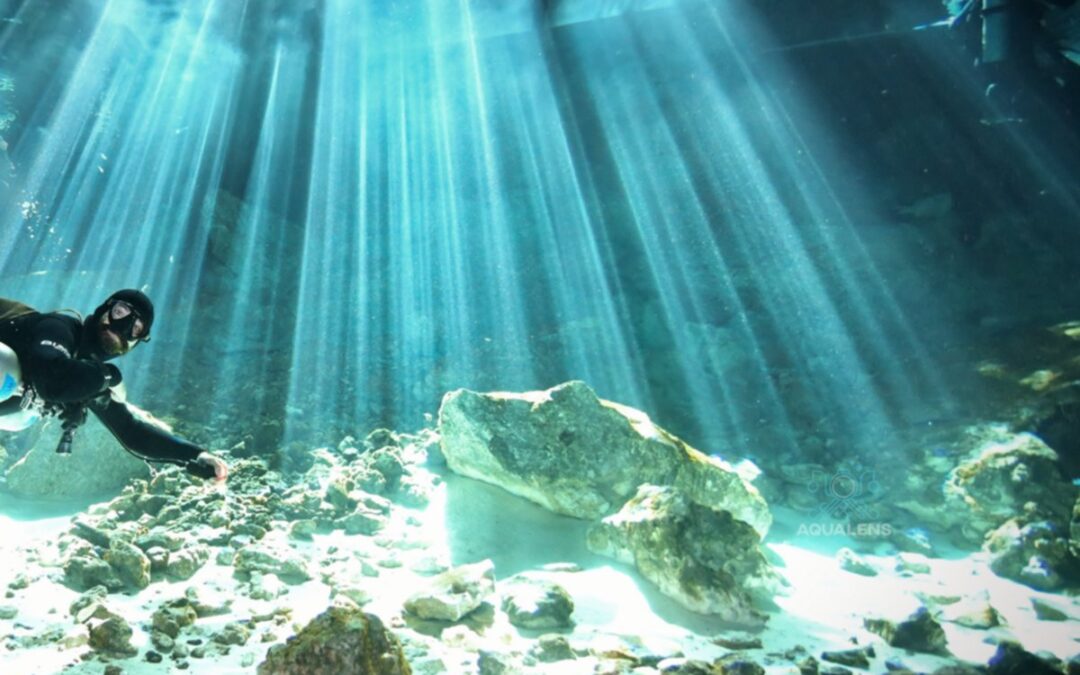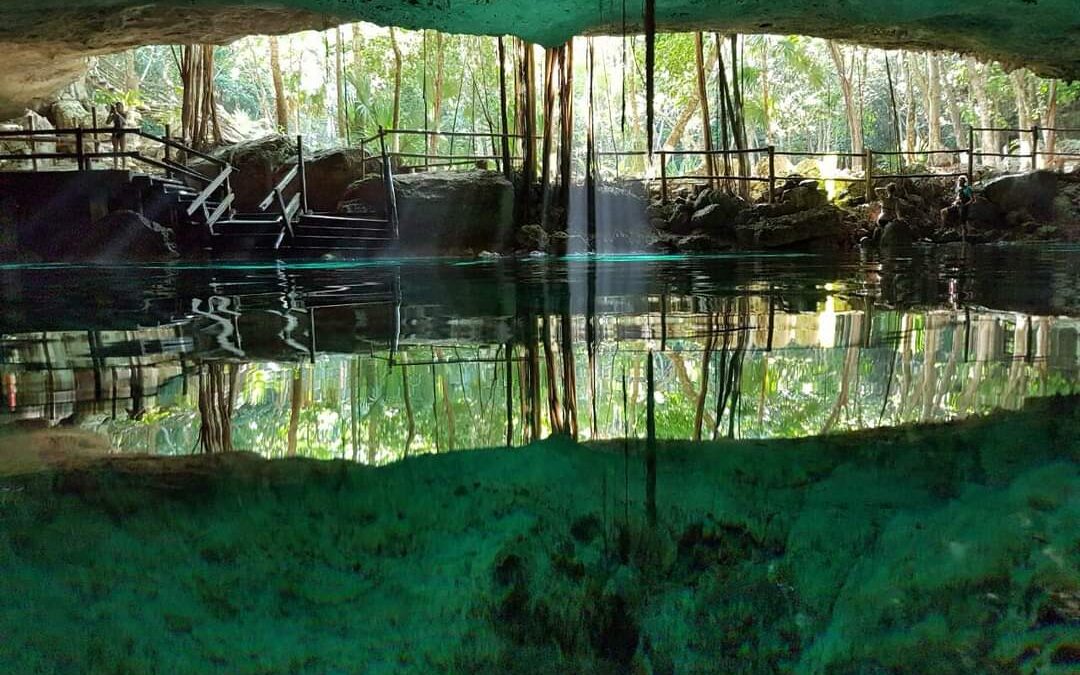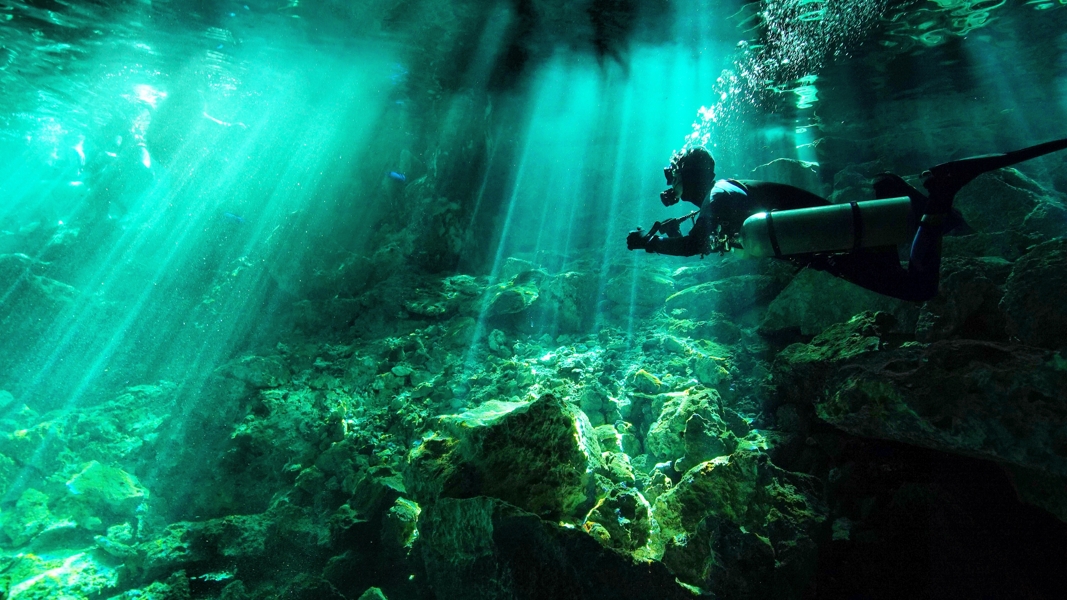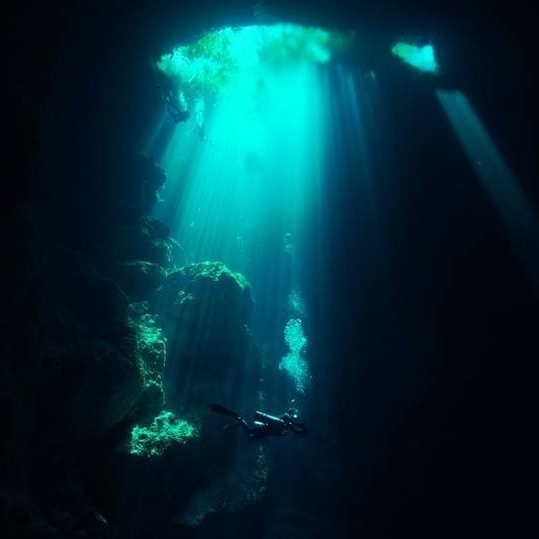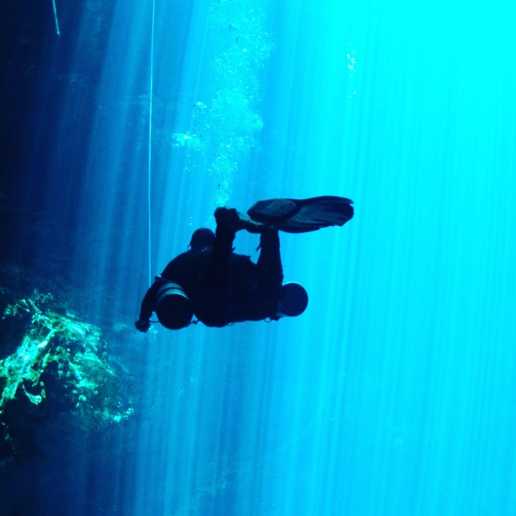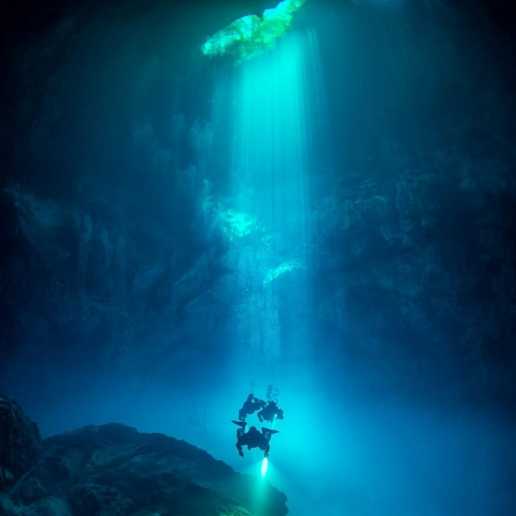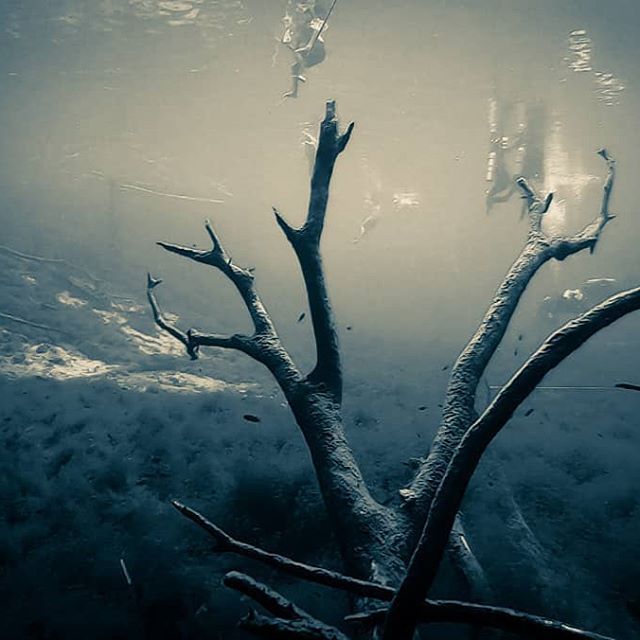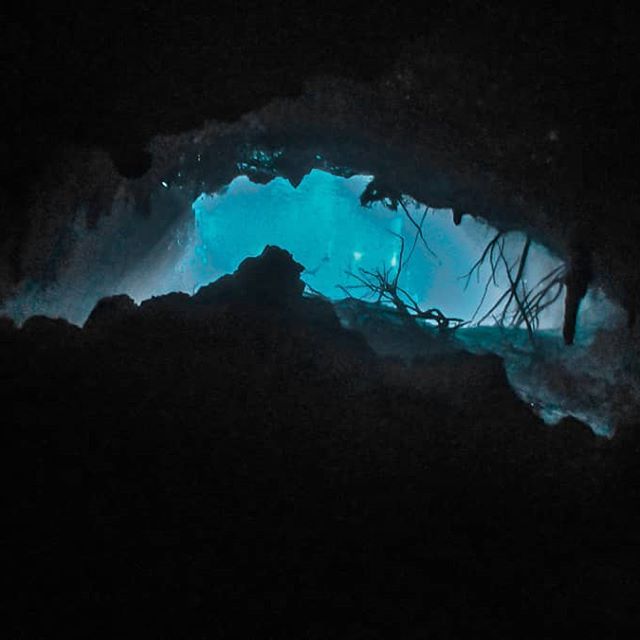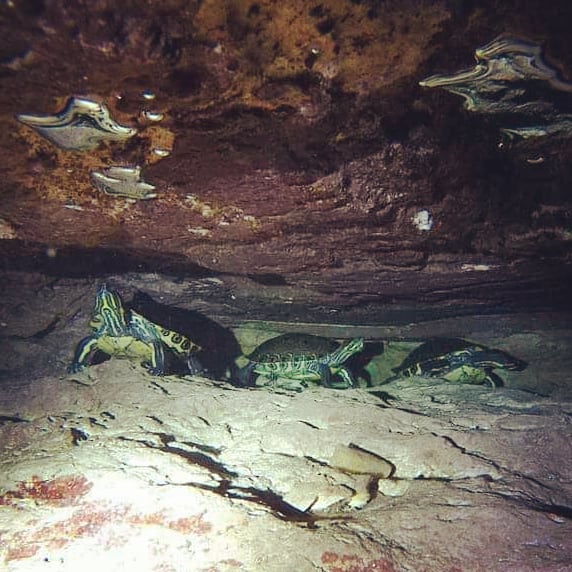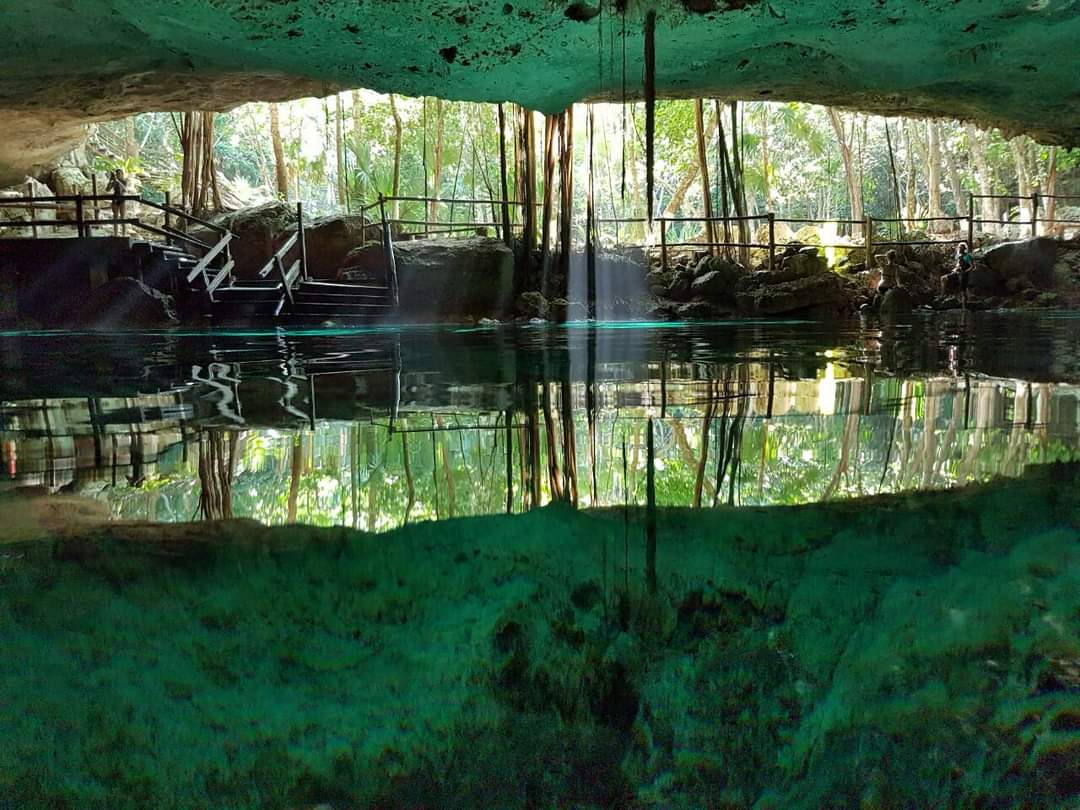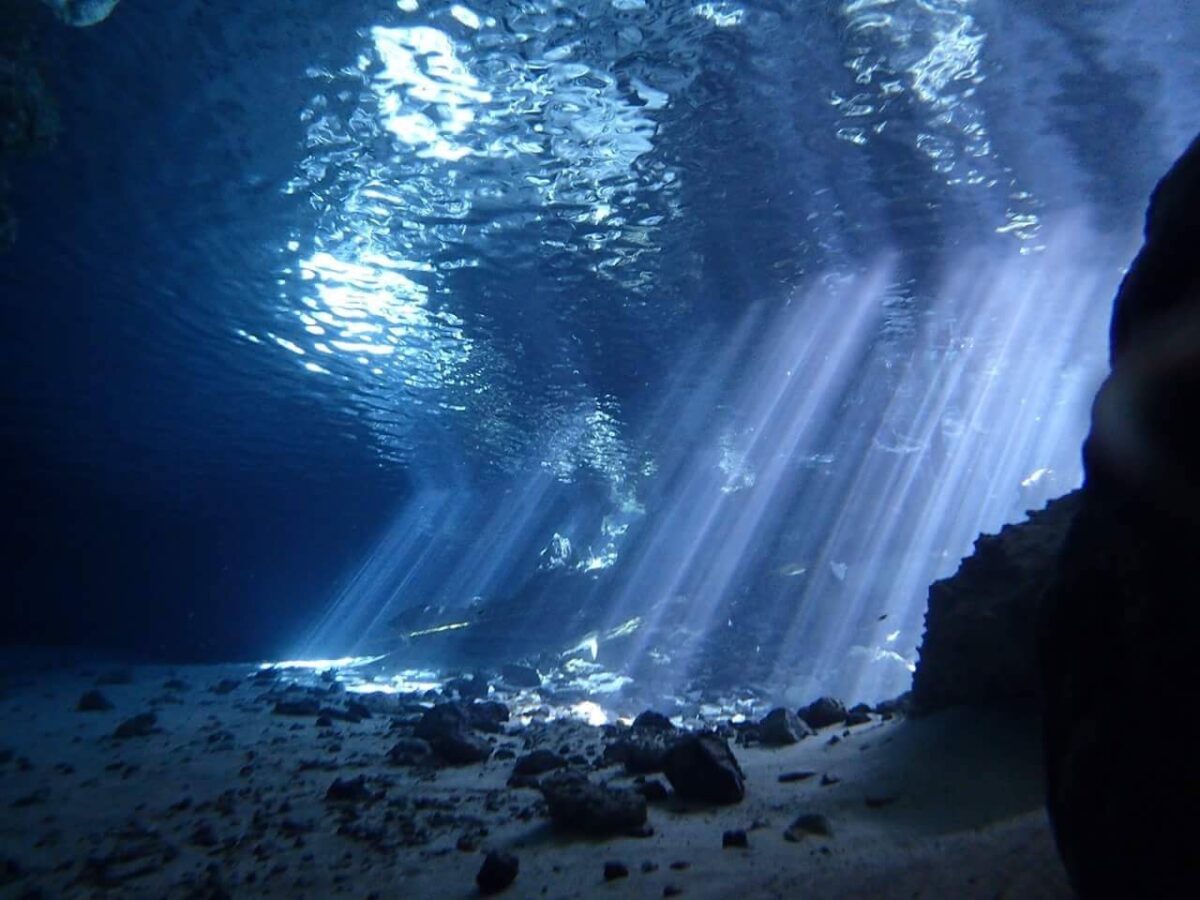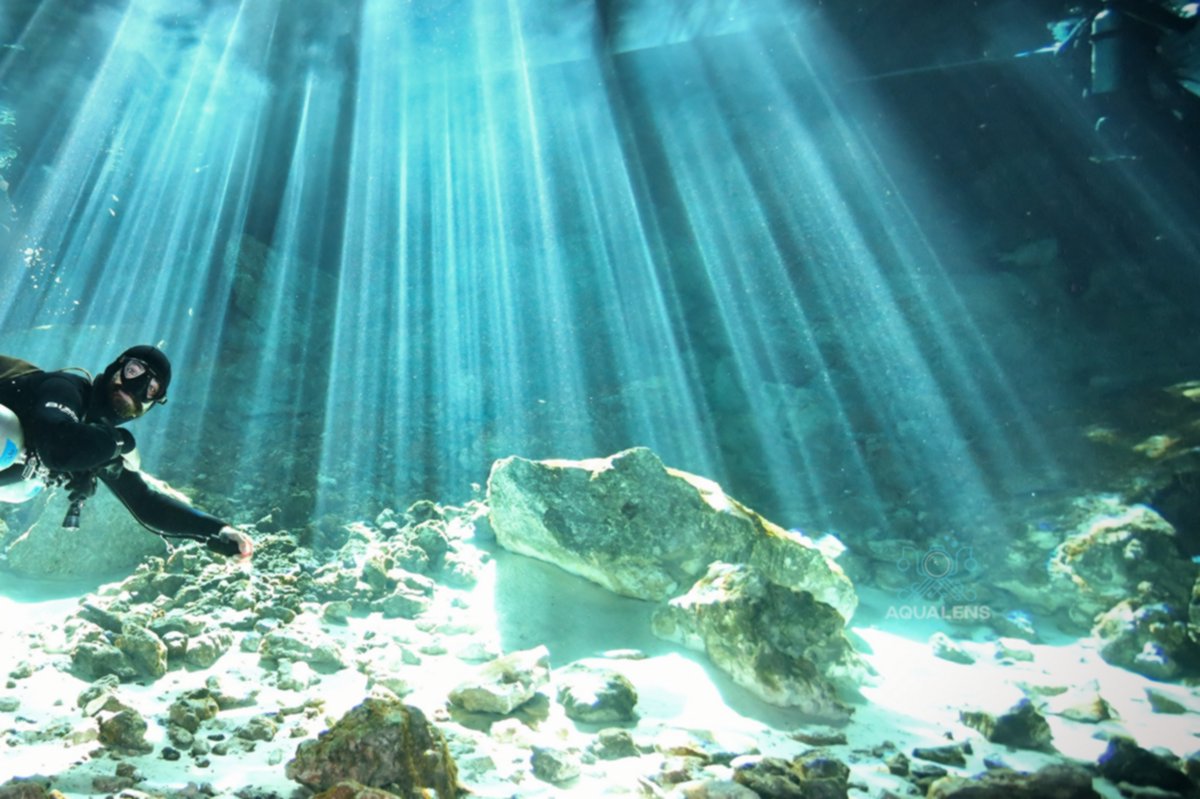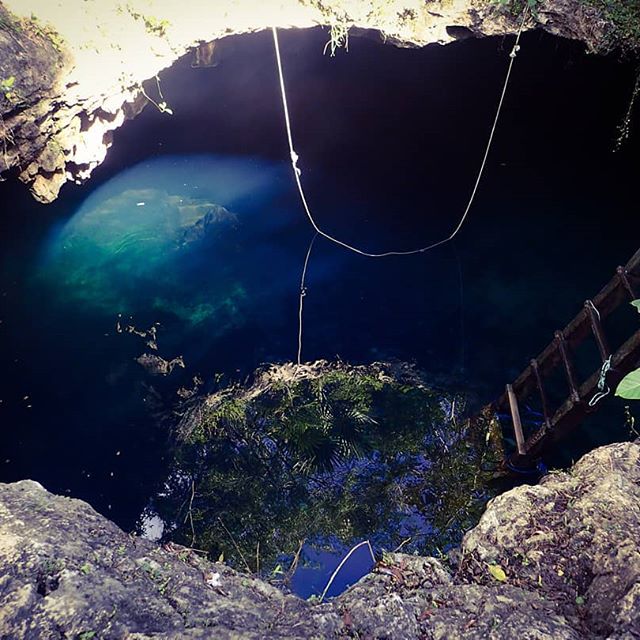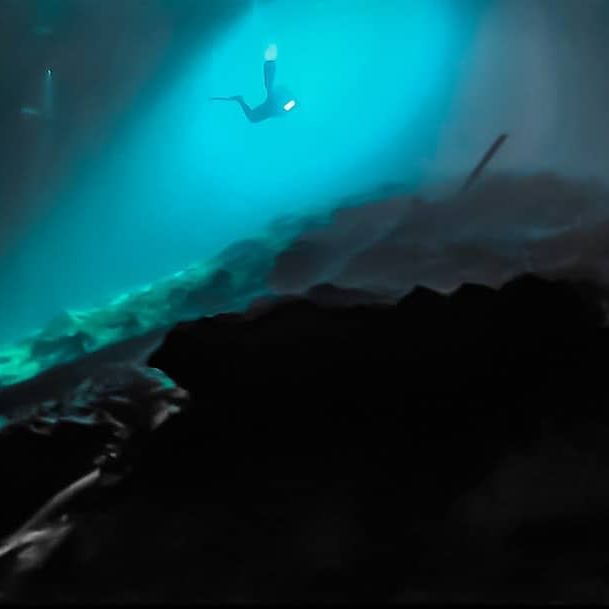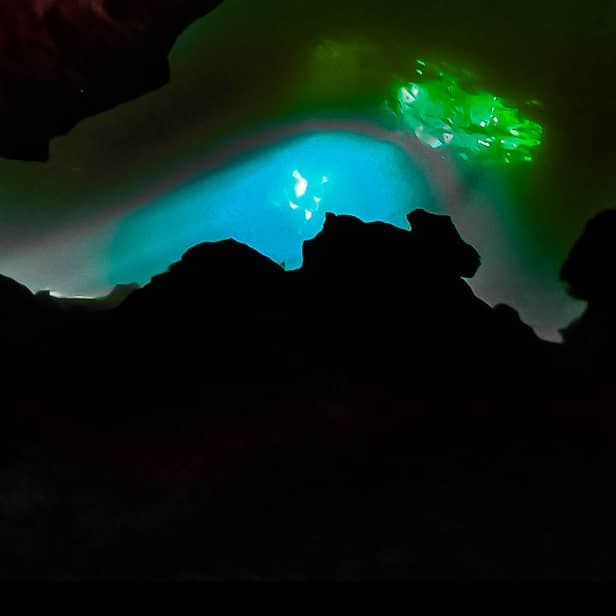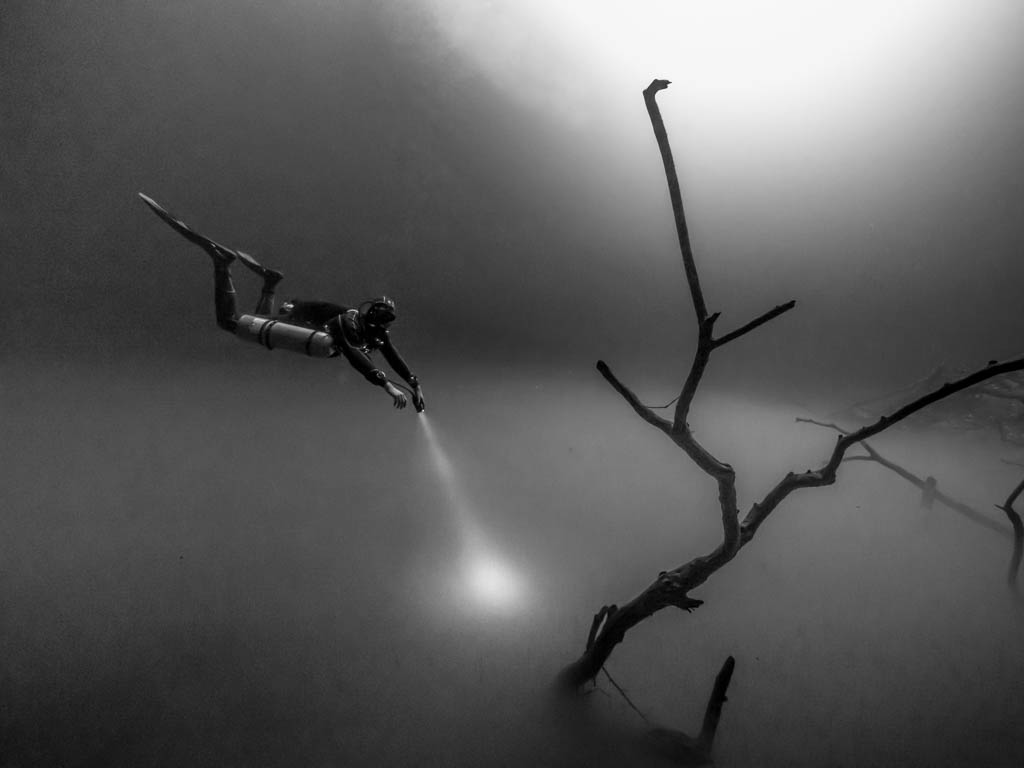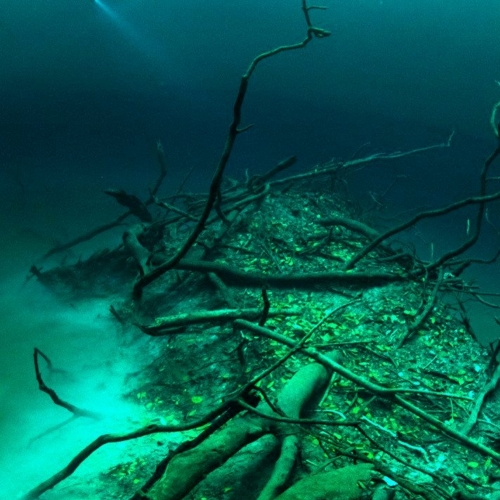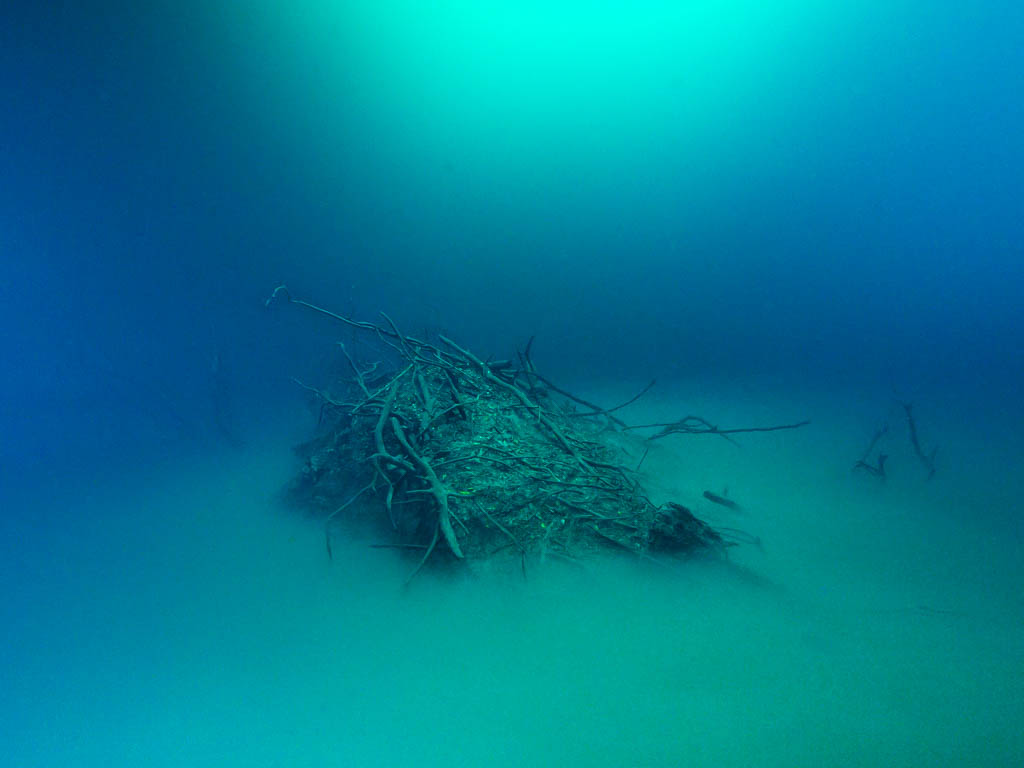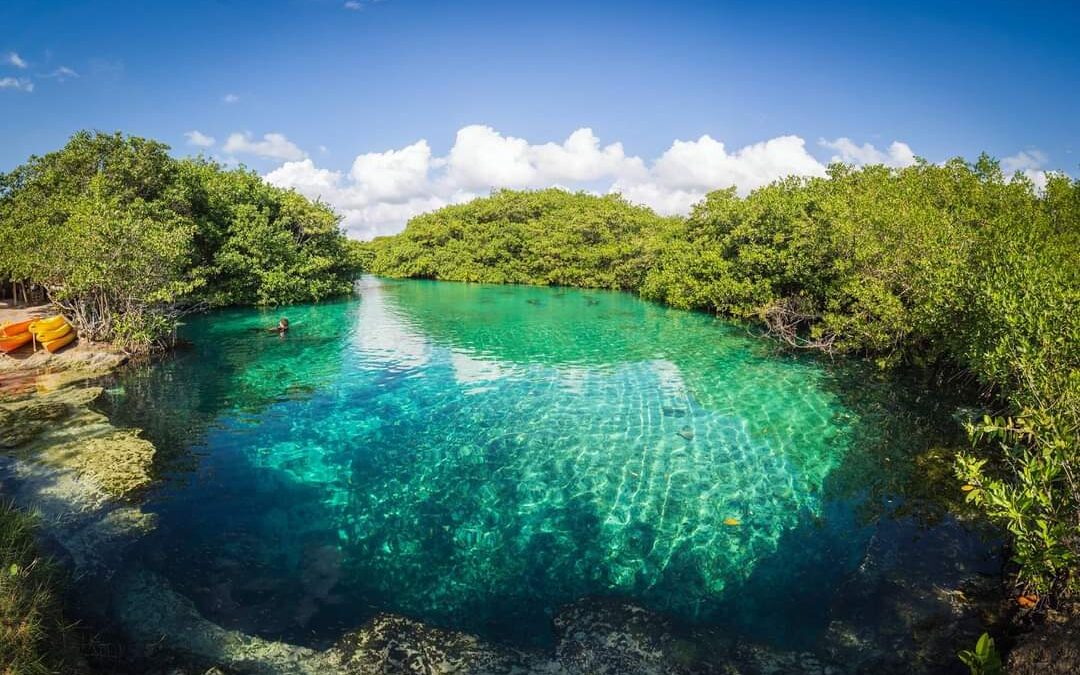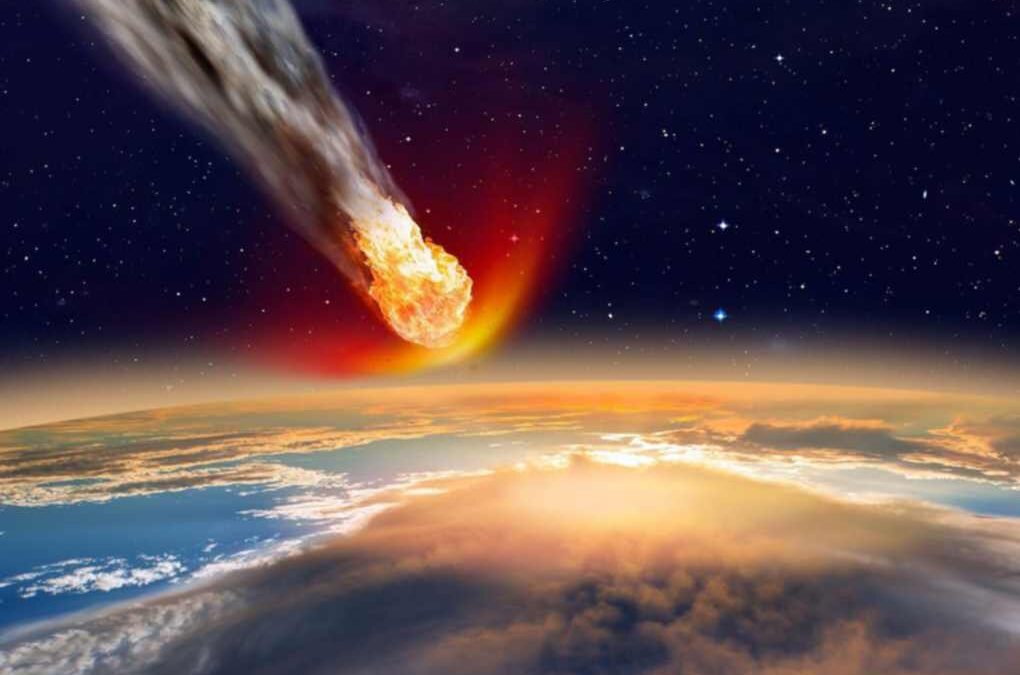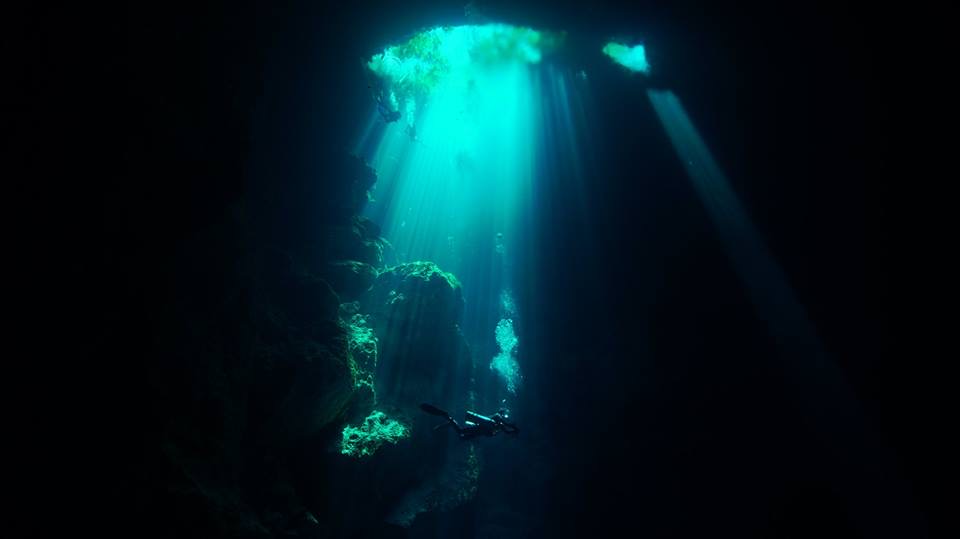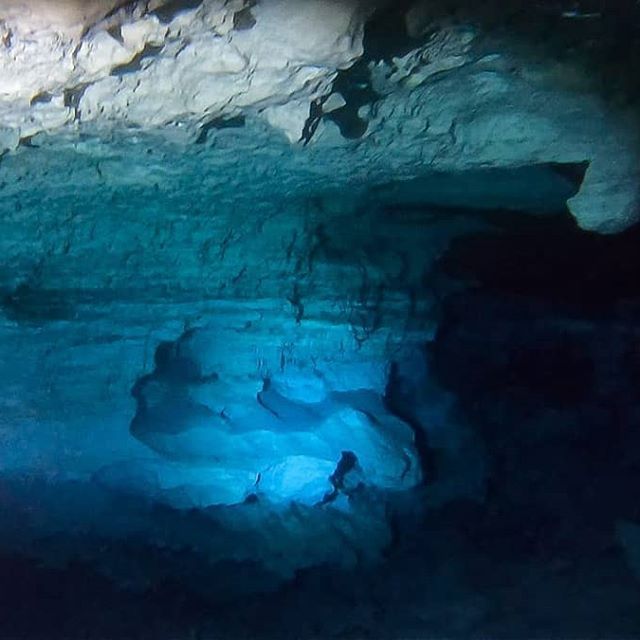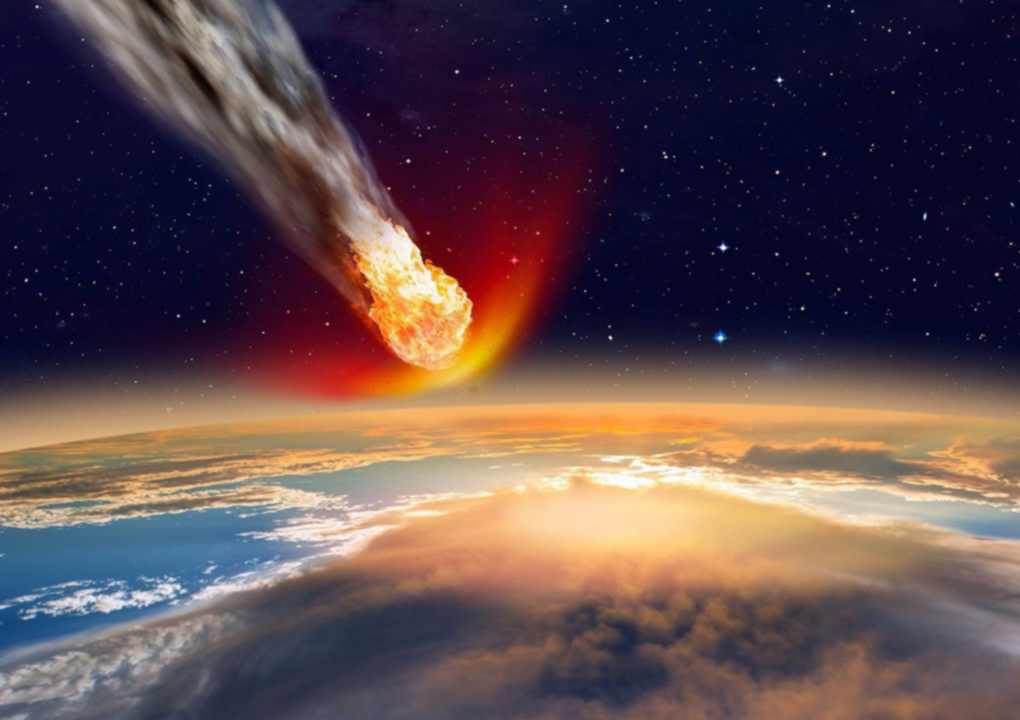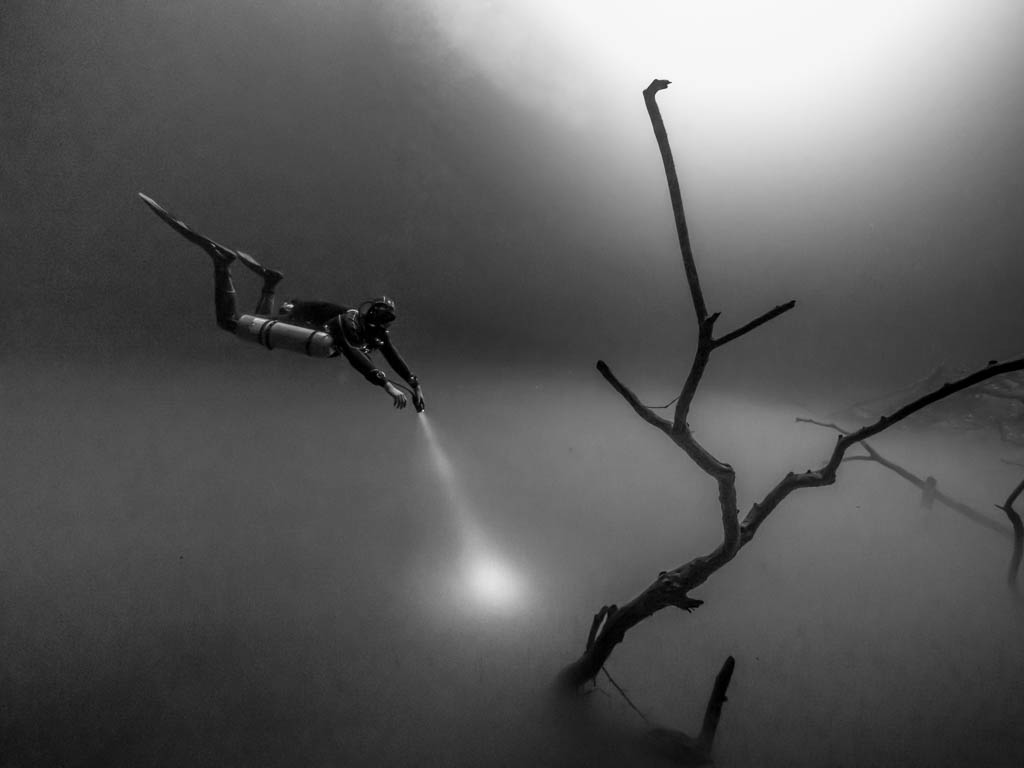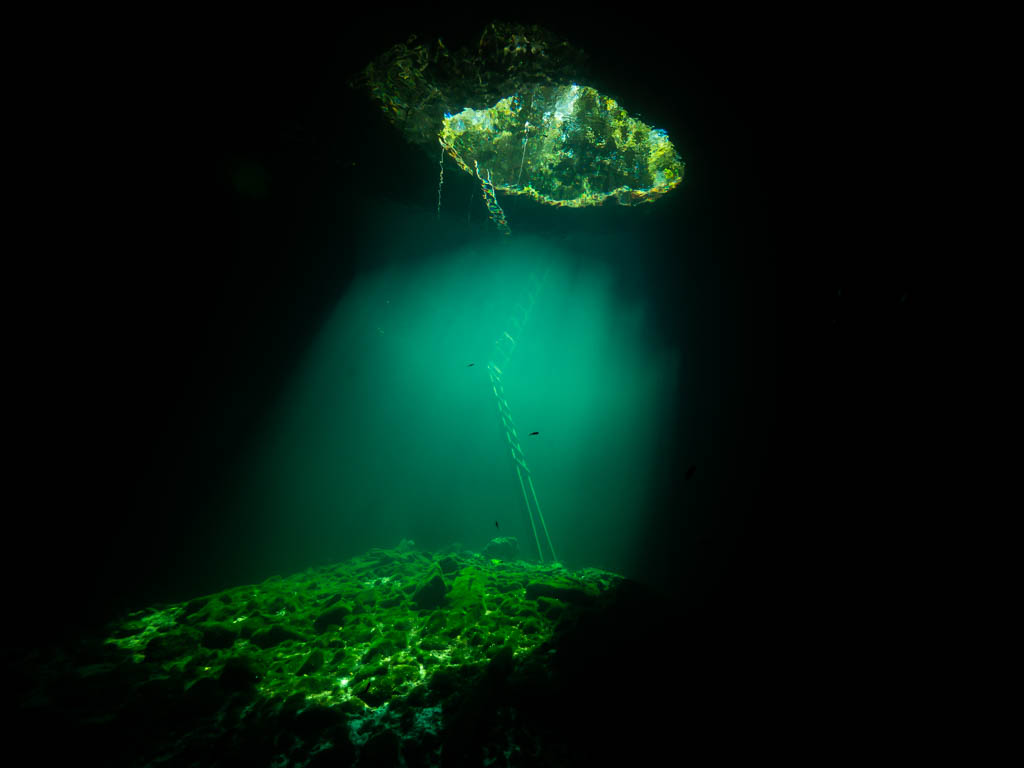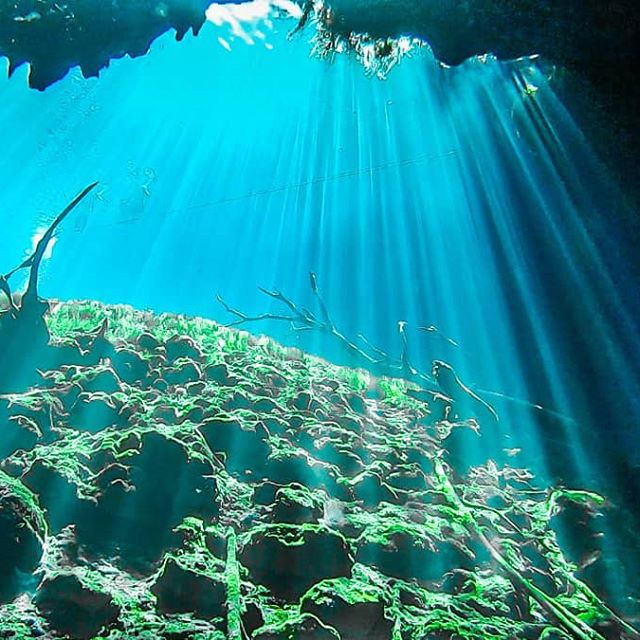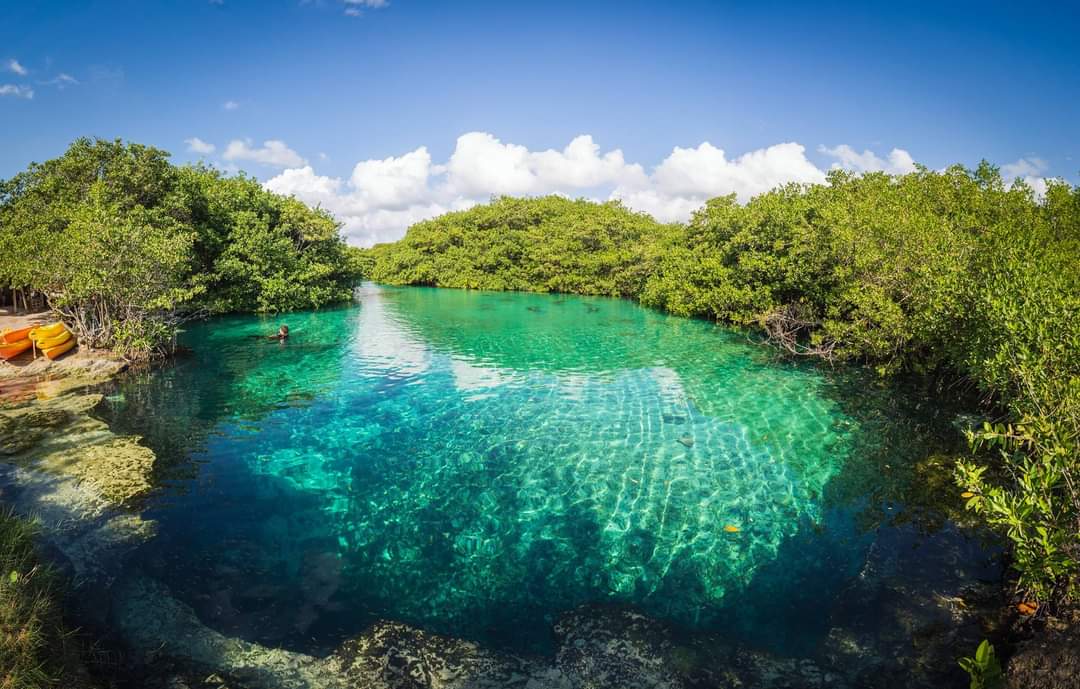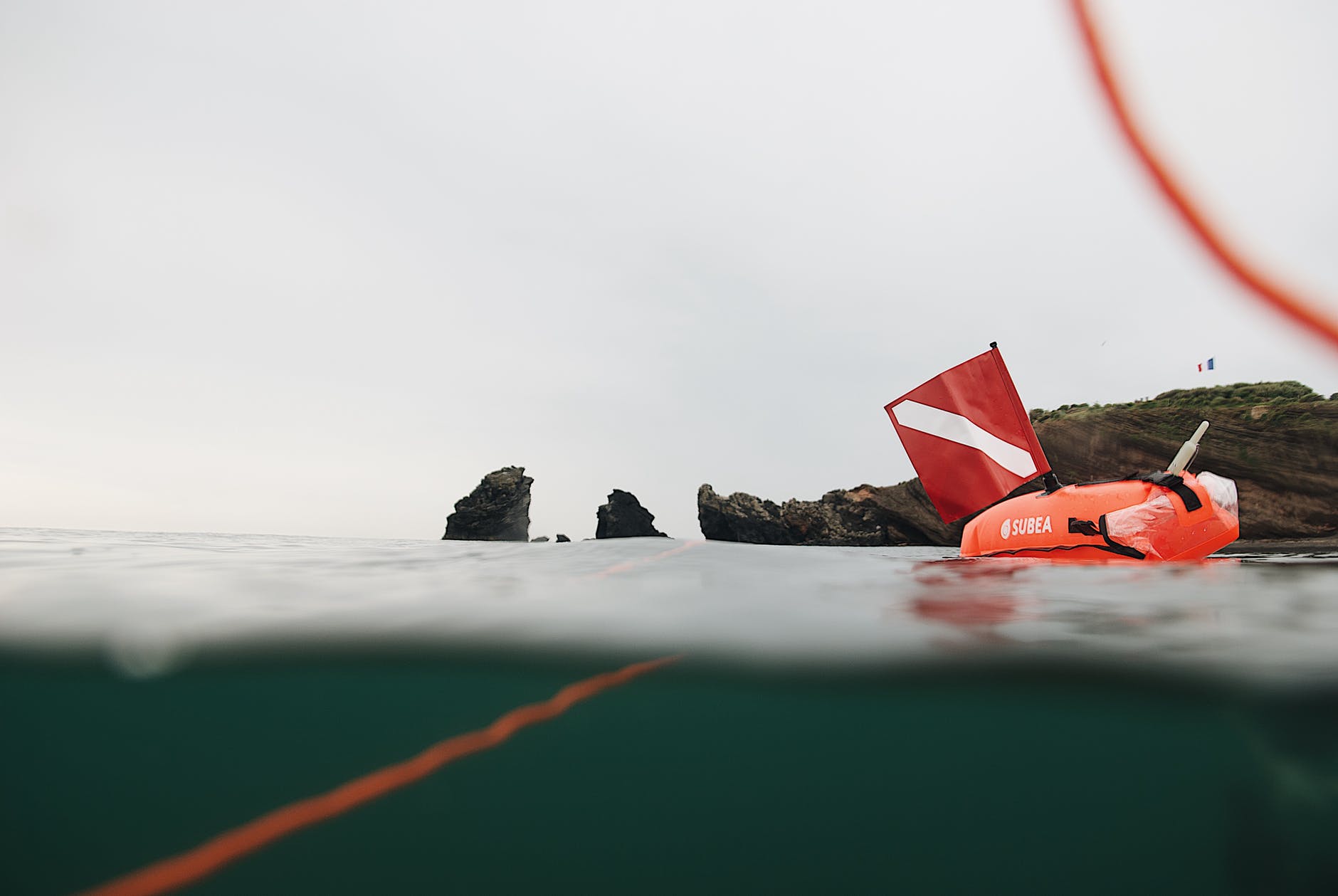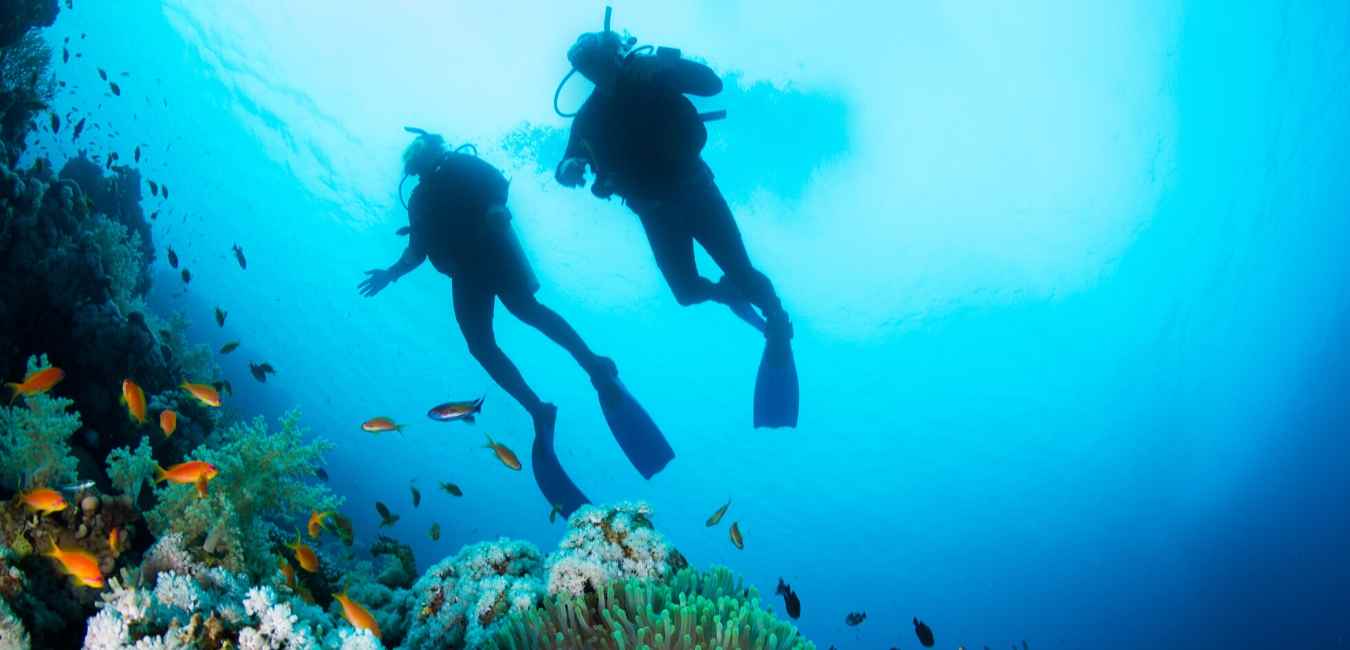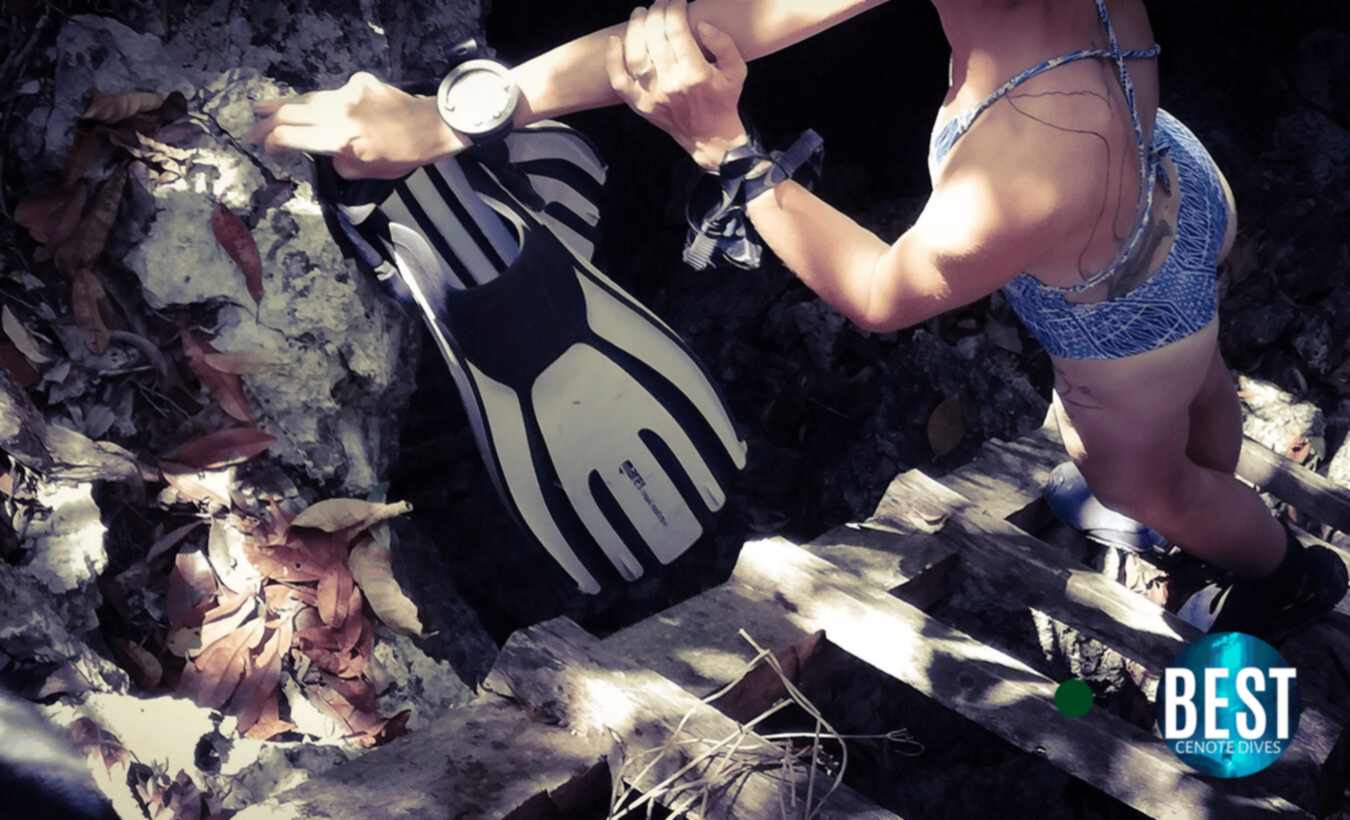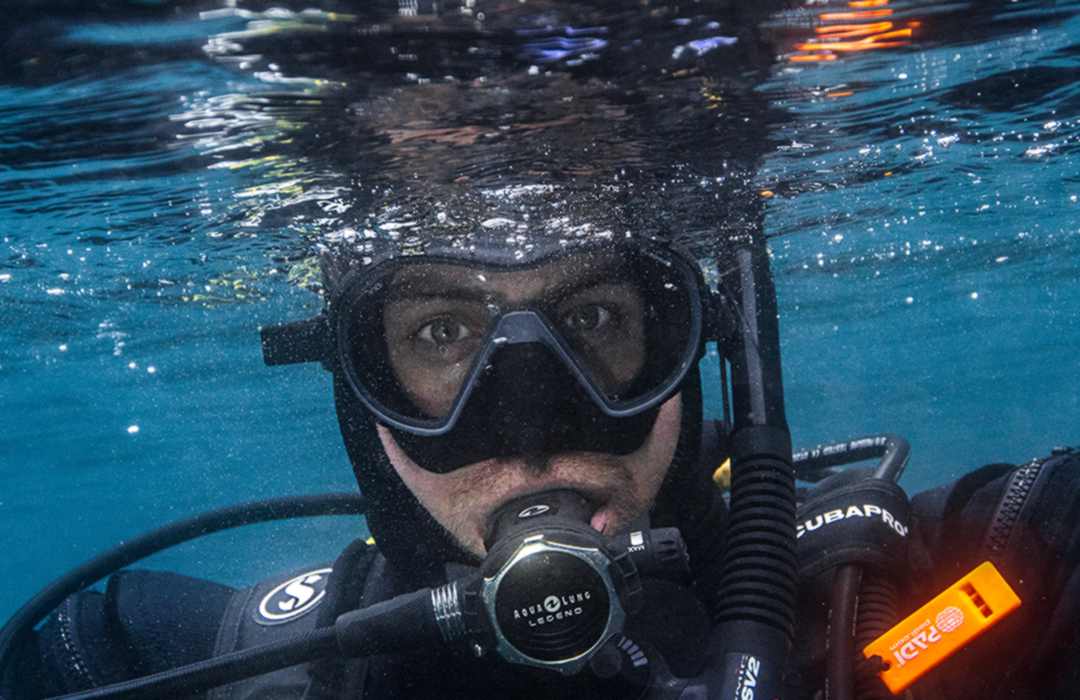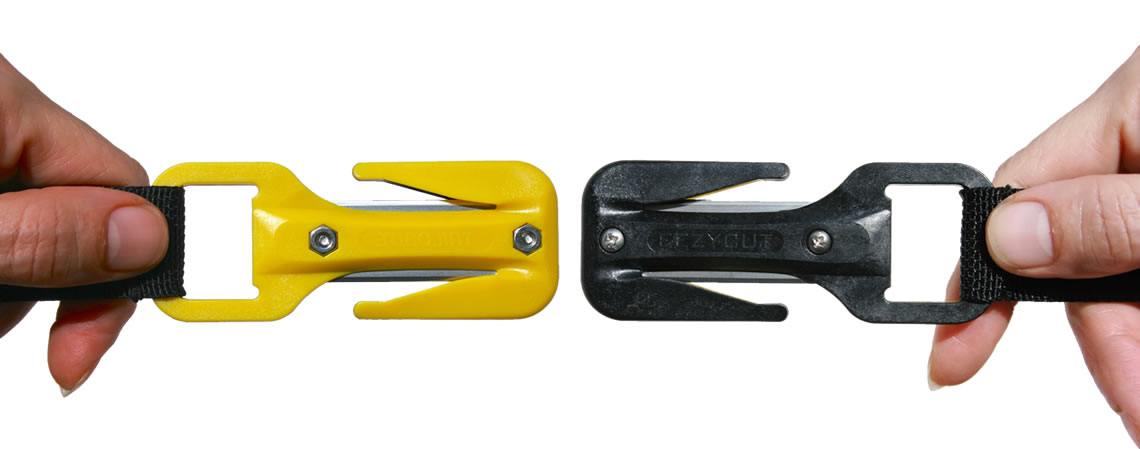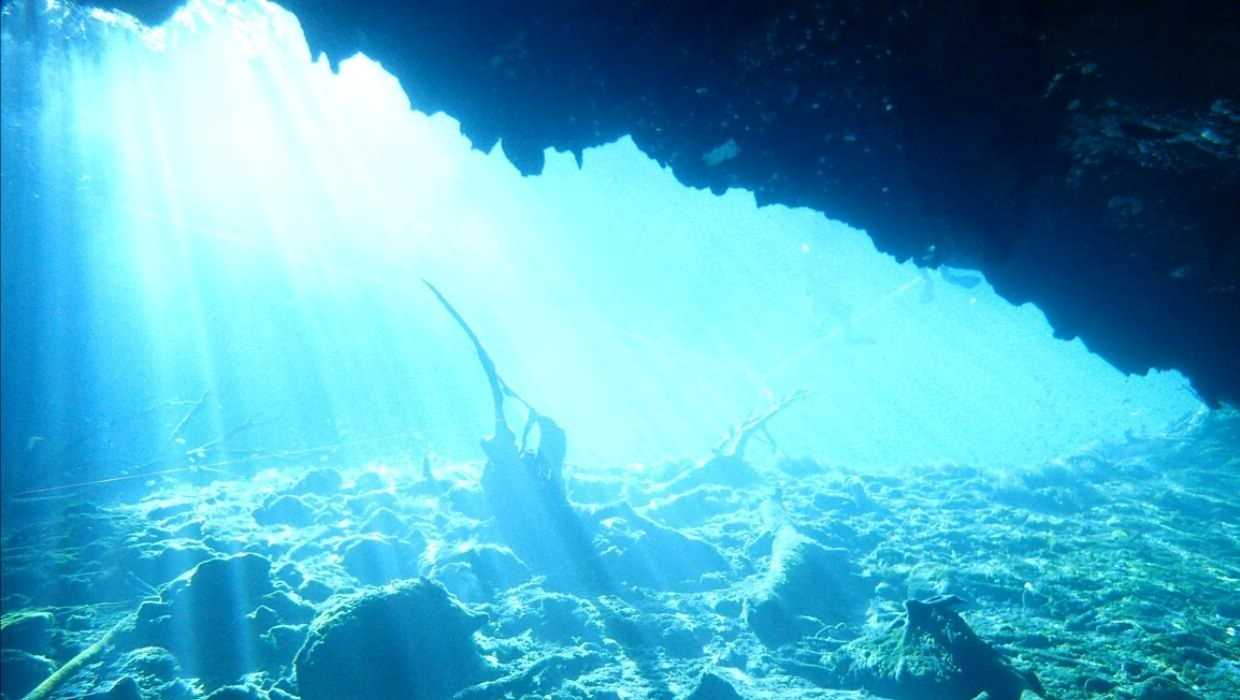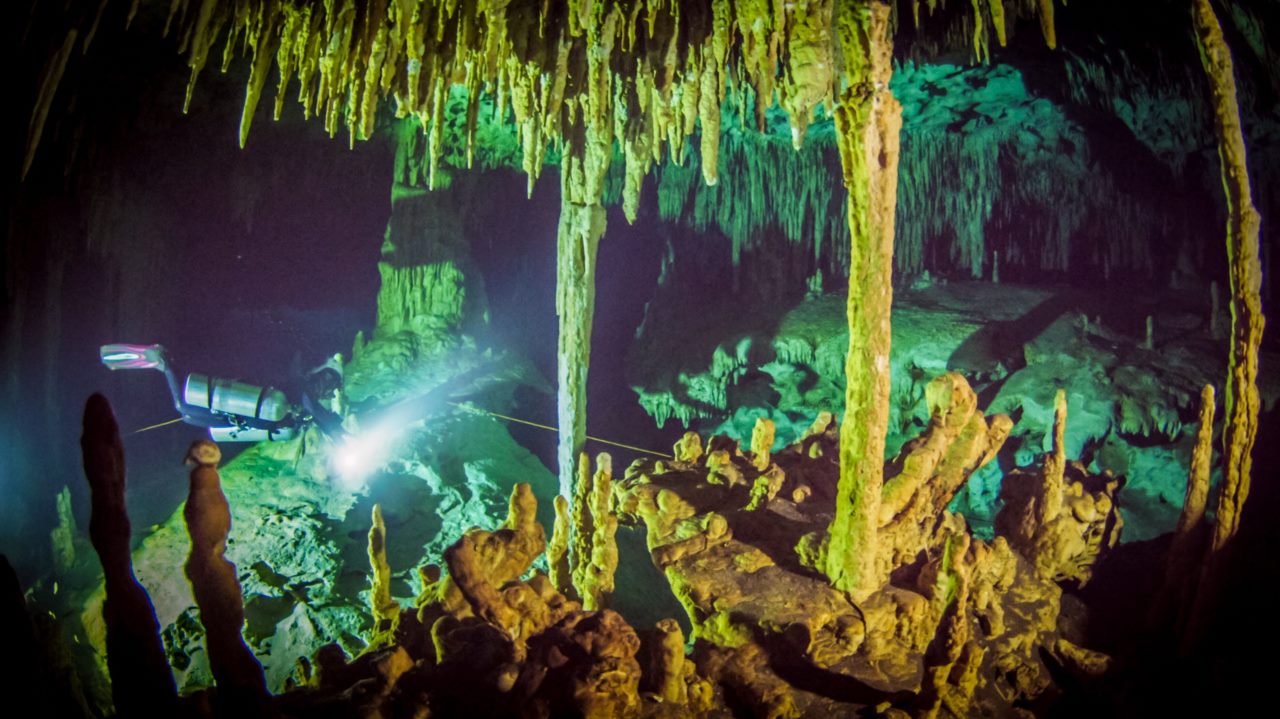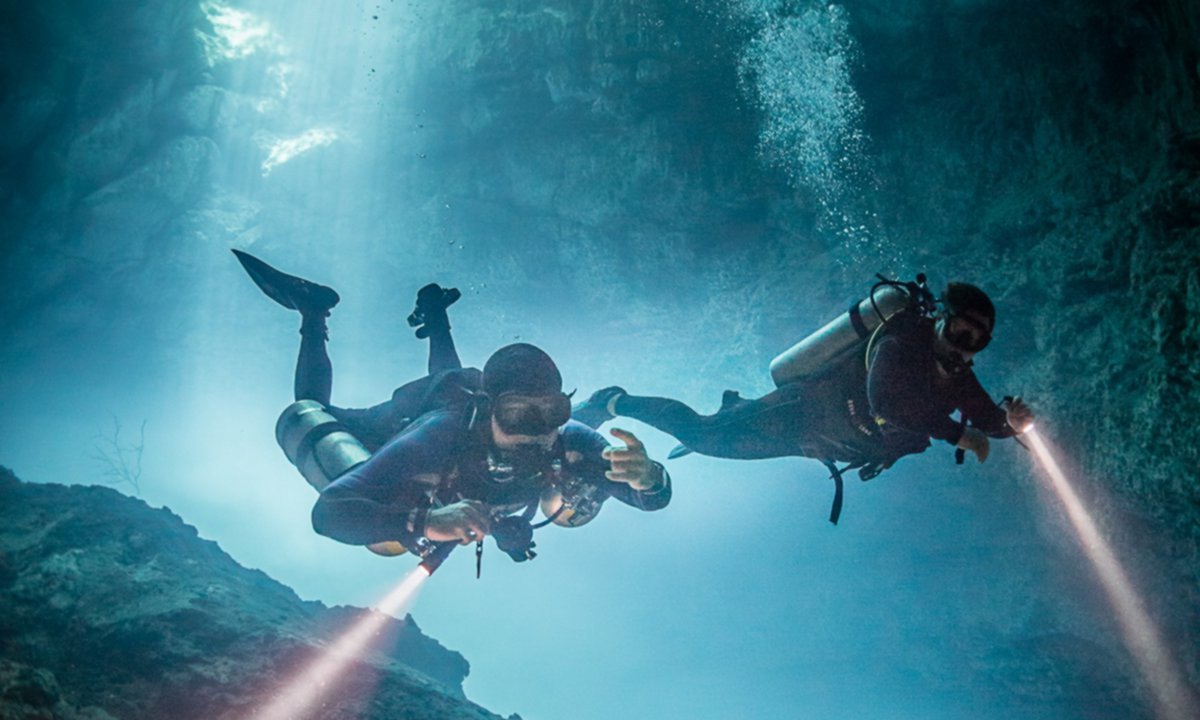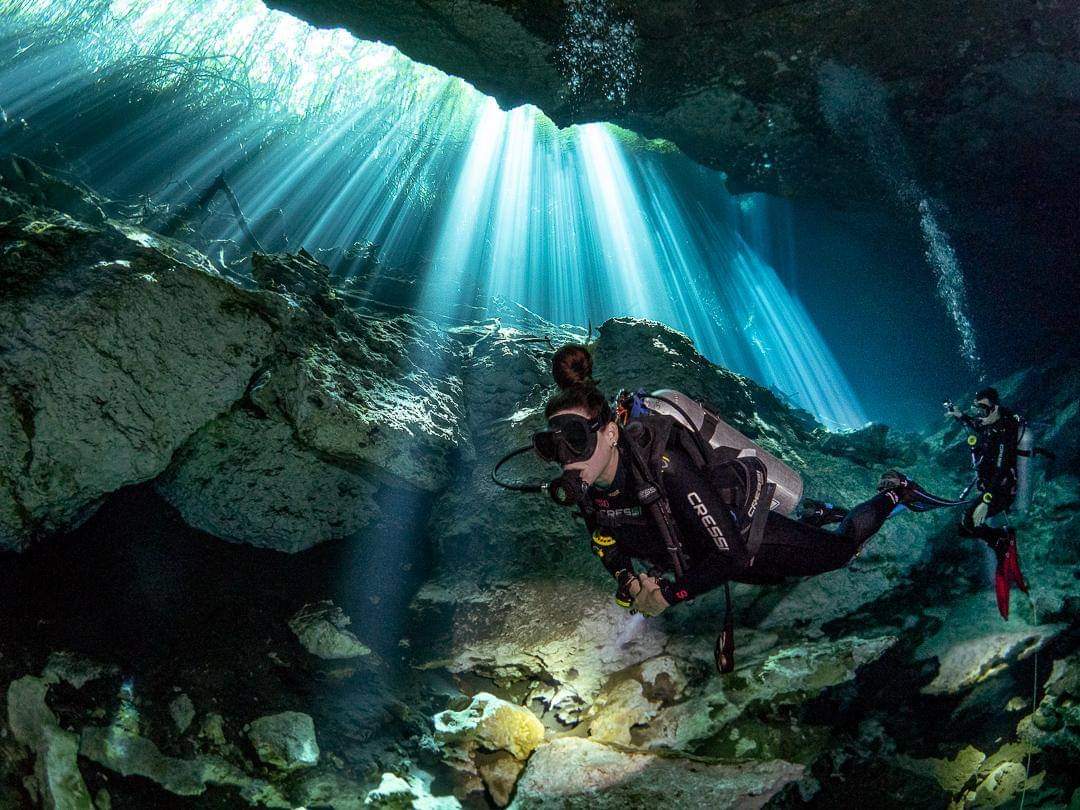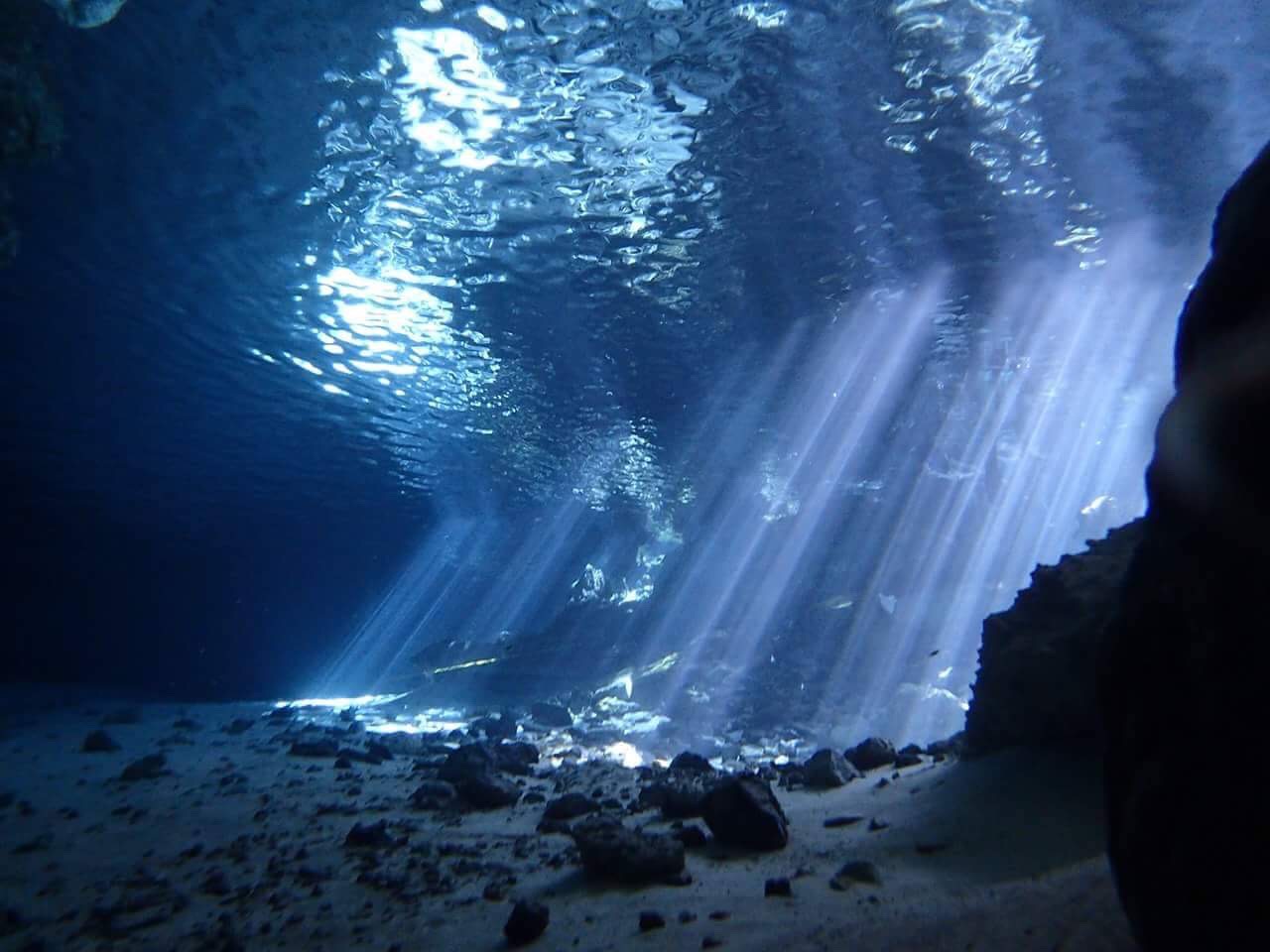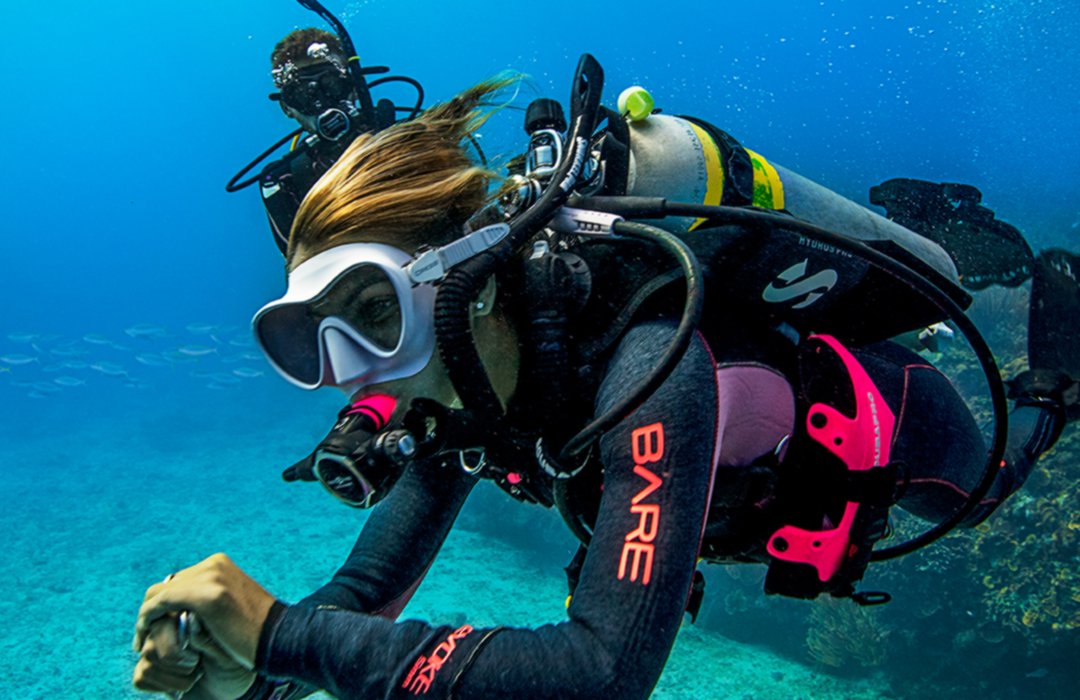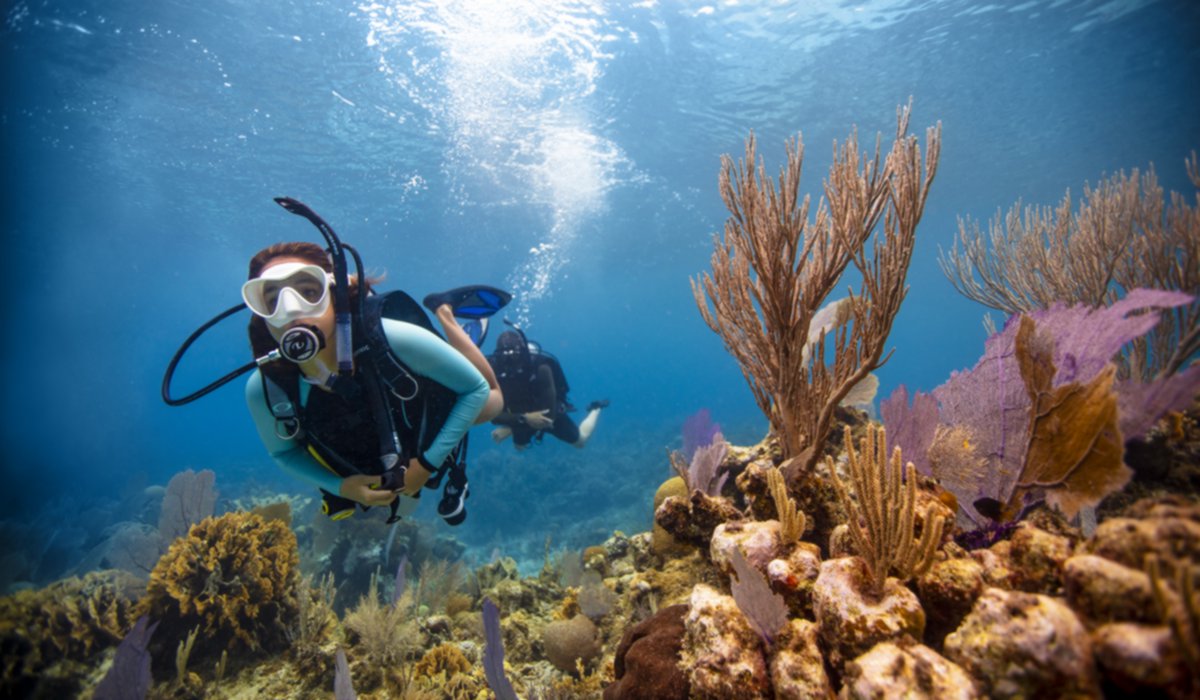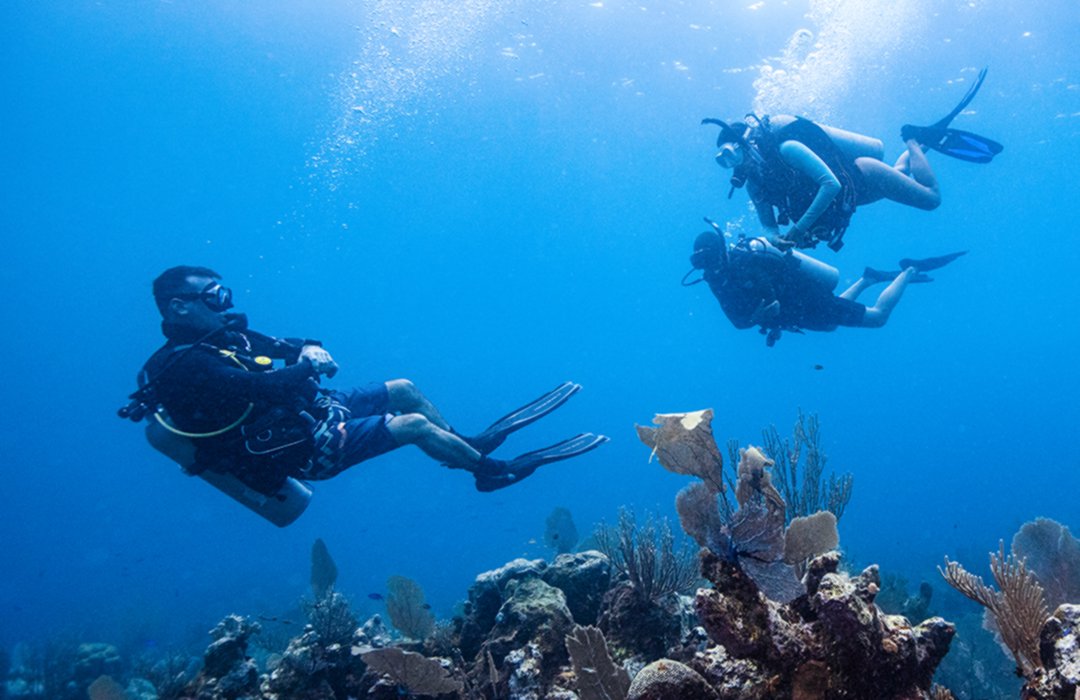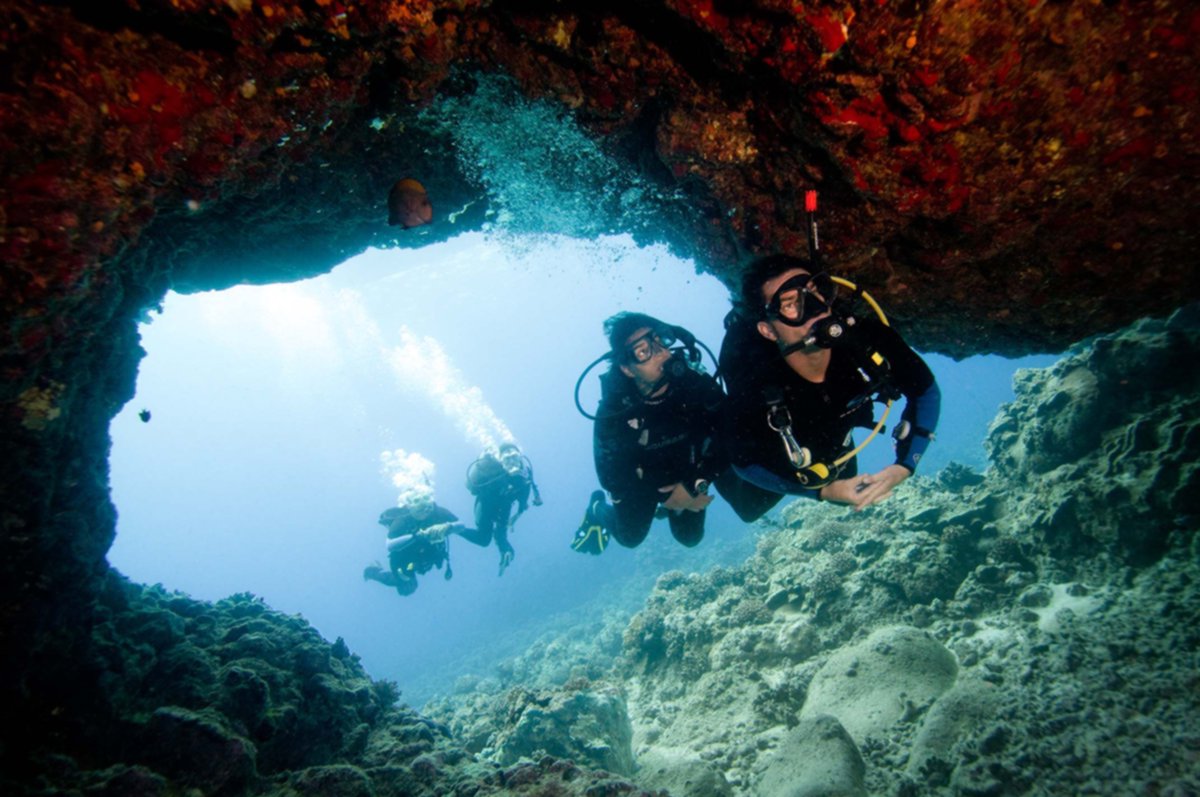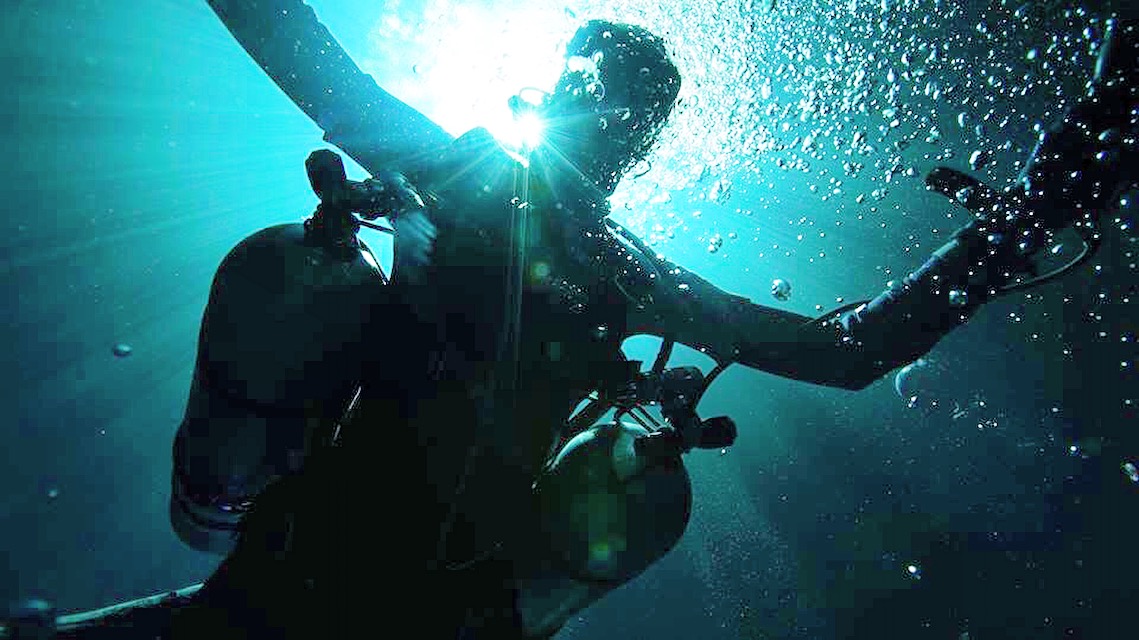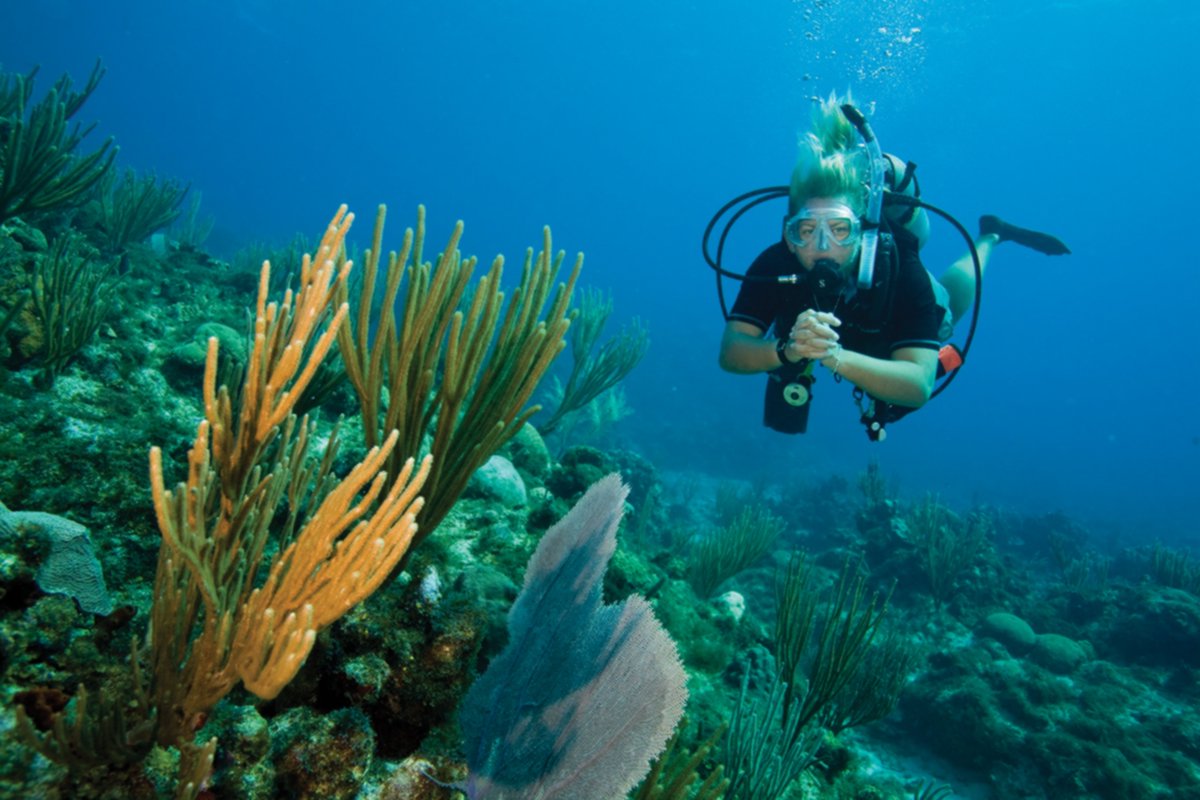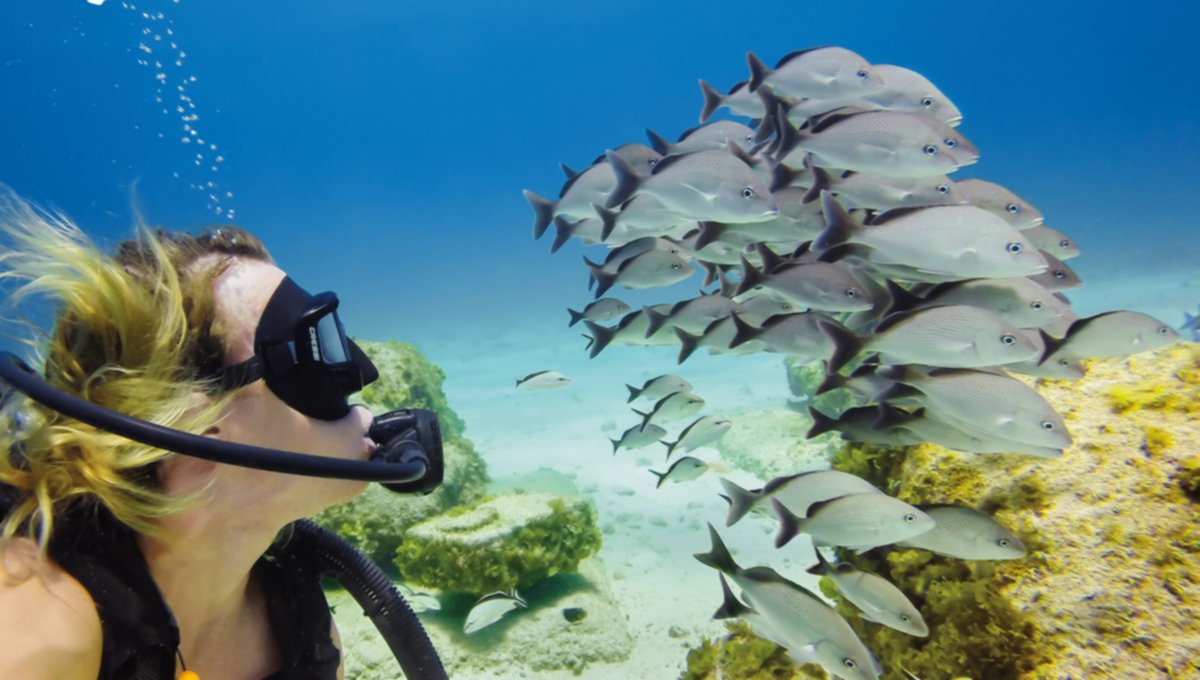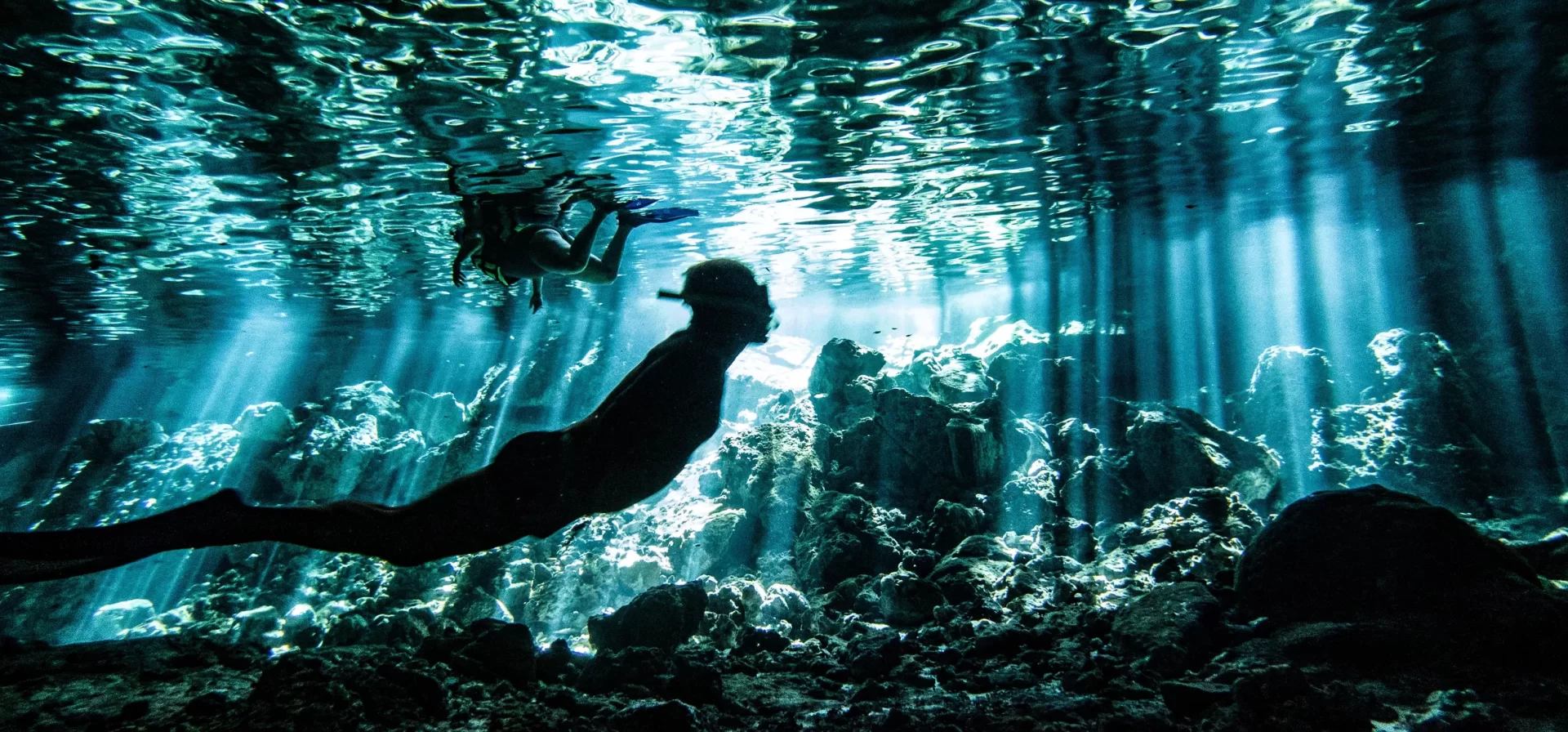What is Cenote Dos Ojos?
Cenote Dos Ojos (Spanish for “Two Eyes”) is one of the most famous cenotes in the Yucatán Peninsula. It consists of two cenotes connected by an extensive cave system, offering some of the best cavern diving experiences in Mexico.
Originally known as Sistema Dalsocros, Dos Ojos is now part of the Sistema Sac Actun, which, at over 378 km (235 miles), is one of the longest underwater cave systems in the world.
Where is Cenote Dos Ojos?
Dos Ojos is located between Tulum and Playa del Carmen, just off Highway 307:
📍 20 minutes from Tulum
📍 40 minutes from Playa del Carmen
📍 5–10 minutes from the entrance gate to the cenote
The cenote is well-marked, easy to access, and perfect for both snorkelers and divers.
How Big is the Dos Ojos Cave System?
The Dos Ojos cave system was once mapped as its own separate system, but in 2018, explorers confirmed its connection to Sistema Sac Actun, making it part of the longest underwater cave system in Mexico.
✔ Total surveyed length: 378 km (235 miles)
✔ Connected to over 100 cenotes
✔ Includes famous sites like The Pit
This connection makes Dos Ojos not just a cenote—it’s a gateway to a vast underground world.
Why Dive in Cenote Dos Ojos?
For open water divers, Cenote Dos Ojos is the perfect introduction to cavern diving. The dives are:
✔ Shallow (max 10m/33ft)
✔ Crystal clear with over 100m visibility
✔ Well-lit, making it great for first-time cavern divers
✔ Safe, with permanent guidelines and large spaces
The two main dive routes here are the Barbie Line and the Bat Cave, each offering something completely different.
What Can You See at Dos Ojos?
🌞 Sunlight Beams – Light floods the cenote, creating an unreal atmosphere.
🪨 Massive Rock Formations – Huge stalactites and stalagmites that took thousands of years to form.
🐠 Fossils & Hidden Passages – Ancient marine fossils embedded in the limestone.
🏛️ Spacious Caverns – Wide, open tunnels perfect for a relaxed, scenic dive.
Dos Ojos Diving Routes
Dive One – The Barbie Line
✔ Best for beginners
✔ Lots of light and open spaces
✔ Big rock formations and giant tunnels
This 45-minute dive starts with a swim-through between the two cenotes, following a large open tunnel where sunlight filters through from both sides. In the center, massive rock columns rise from the floor, giving the impression that they’re holding up the cave ceiling.
The dive stays within the cavern zone, meaning you’ll always be able to see natural light. You’ll swim past huge stalactites, stalagmites, and ancient fossils, with incredible visibility.
At the halfway point, you’ll spot the famous Barbie Doll, an unusual marker that gives the dive its name. From here, the route loops back slightly deeper and darker, making for a fun, varied experience.
Dive Two – The Bat Cave
✔ More enclosed & atmospheric
✔ Darker, with stunning formations
✔ Floating air pockets where bats live
This dive is a bit more adventurous—it’s still within the cavern zone, but it feels more like cave diving. The Bat Cave circuit takes you through:
1️⃣ The Big Columns & Open Water Area – A quick pass through the first cenote, where light pours into the tunnels.
2️⃣ The Bat Cave Chamber – A spectacular enclosed cave, where you’ll surface inside an air pocket filled with bats. Many snorkelers paddle here, but only divers get to see the full formations beneath the surface.
3️⃣ The Green Room – A dark, eerie chamber lit only by a faint green glow from lily pads above. This is where you’ll see some of the best stalactite formations in Dos Ojos.
While not as bright as the Barbie Line, the Bat Cave dive is a favorite among divers, thanks to its incredible formations and mysterious, atmospheric feel.
When Was Dos Ojos Discovered?
✔ First explored by cave divers in the 1980s
✔ Connected to over 100 cenotes
✔ In 1996, explorers discovered The Pit, reaching depths of 119m (390ft)
But of course, the Maya civilization knew of these cenotes long before modern explorers arrived. These waters have been a source of life, ritual, and mystery for thousands of years.
Can Anyone Dive at Dos Ojos?
Yes! If you have a PADI Open Water certification (or equivalent), you can dive in the cavern zone of Dos Ojos.
📌 No cave diving certification is required—these are guided cavern dives.
📌 Max depth: 10m (33ft)
📌 Required certification: Open Water (any agency)
If you want to dive deeper into the system, technical cave diving training is required.
Dos Ojos FAQ
How do I book a dive at Cenote Dos Ojos?
👉 Easy! Book your cenote dive here
Can I snorkel in Dos Ojos?
Yes! The shallow sections of Dos Ojos are perfect for snorkeling, with crystal-clear water and rock formations visible from the surface.
What’s the water temperature in Dos Ojos?
25°C / 77°F year-round. A 3mm wetsuit is recommended.
How long does each dive last?
40–45 minutes per dive, with a surface interval between dives.
Is Dos Ojos good for beginner divers?
Absolutely. The Barbie Line is one of the best cenote dives for beginners due to its large spaces and bright natural light.
Final Thoughts – Why Dive Dos Ojos?
Cenote Dos Ojos isn’t just one of the most famous cenotes in Mexico—it’s an unforgettable diving experience. Whether you’re a first-time cenote diver or a seasoned explorer, the Barbie Line and Bat Cave dives offer two completely unique experiences in one place.
✔ Unreal visibility
✔ Sunlight beams & rock formations
✔ Shallow, safe, and great for all levels
